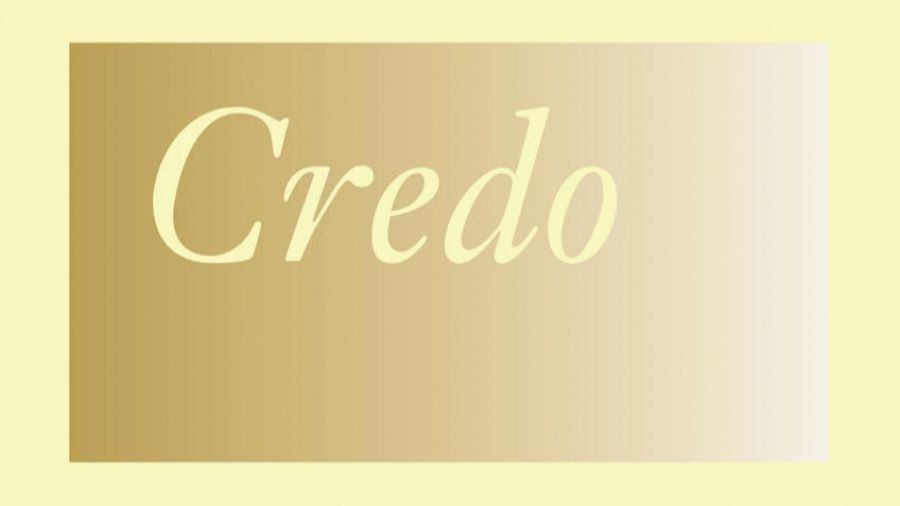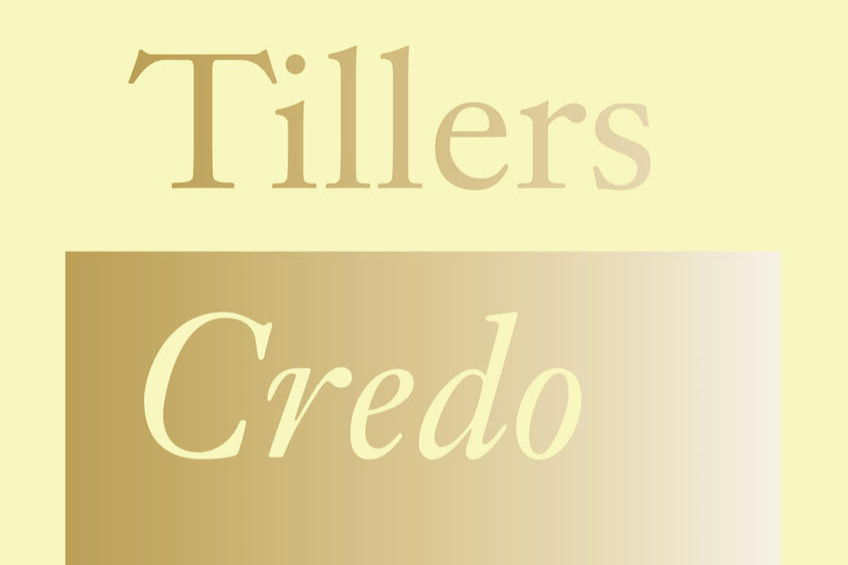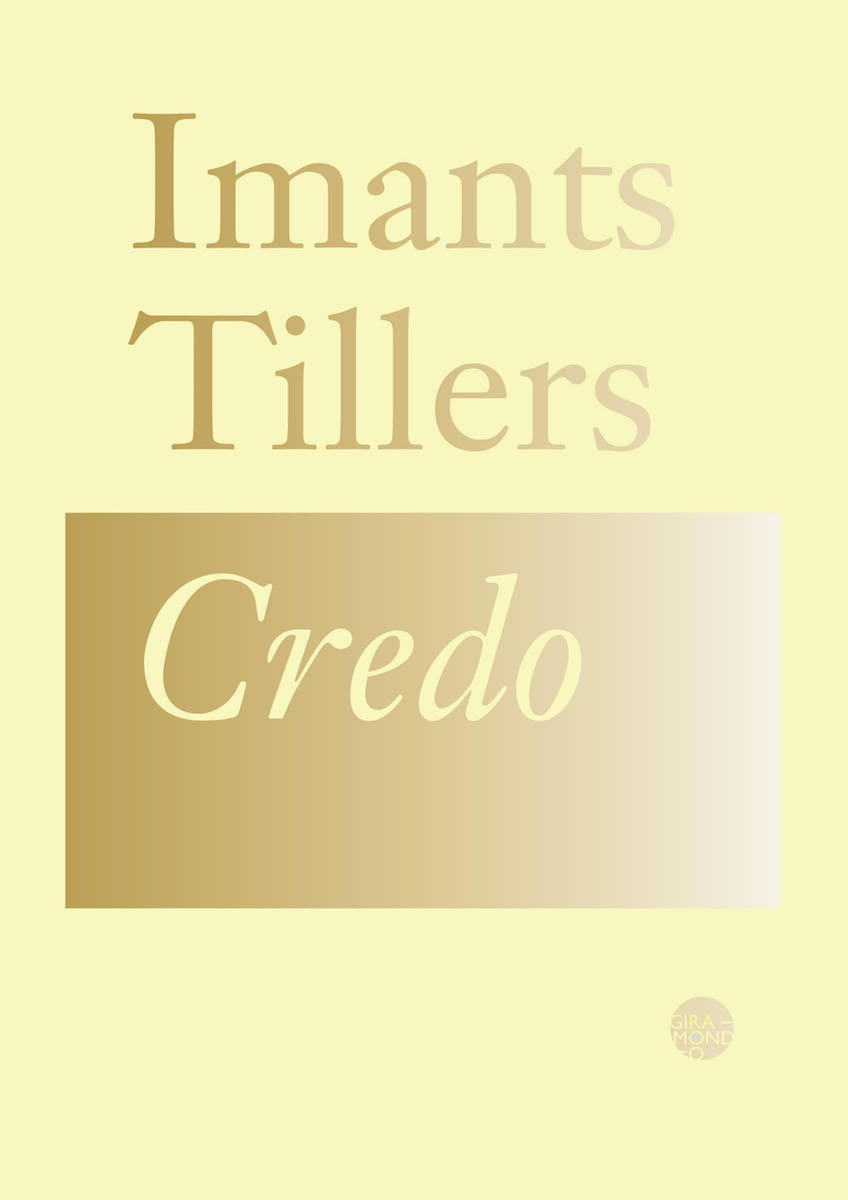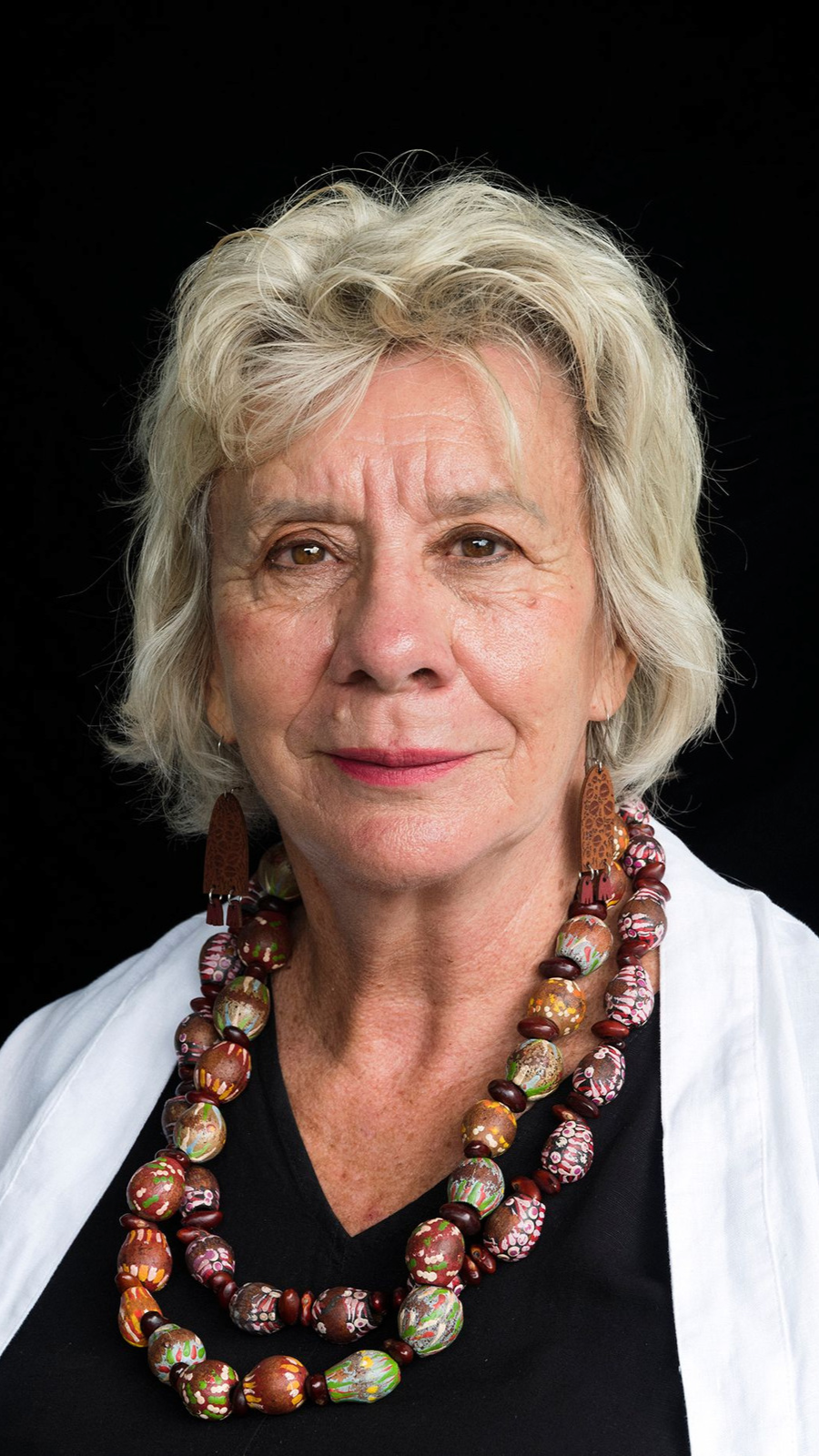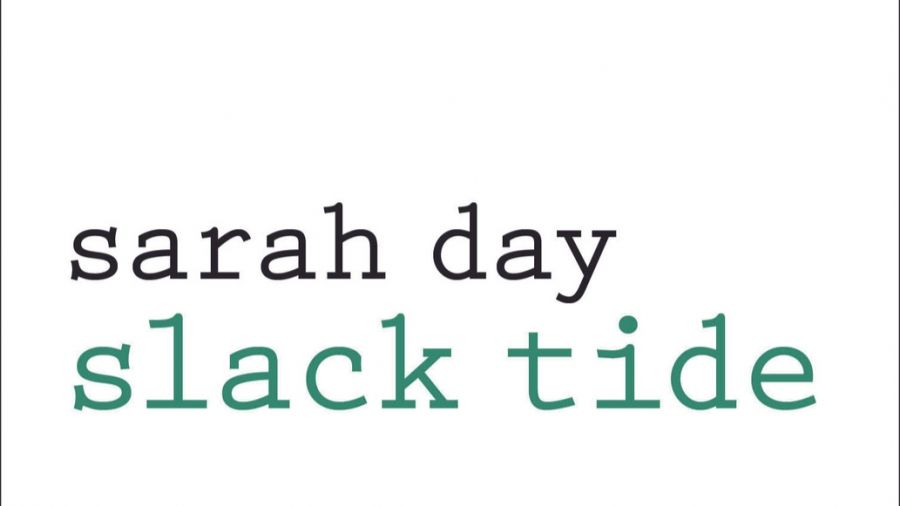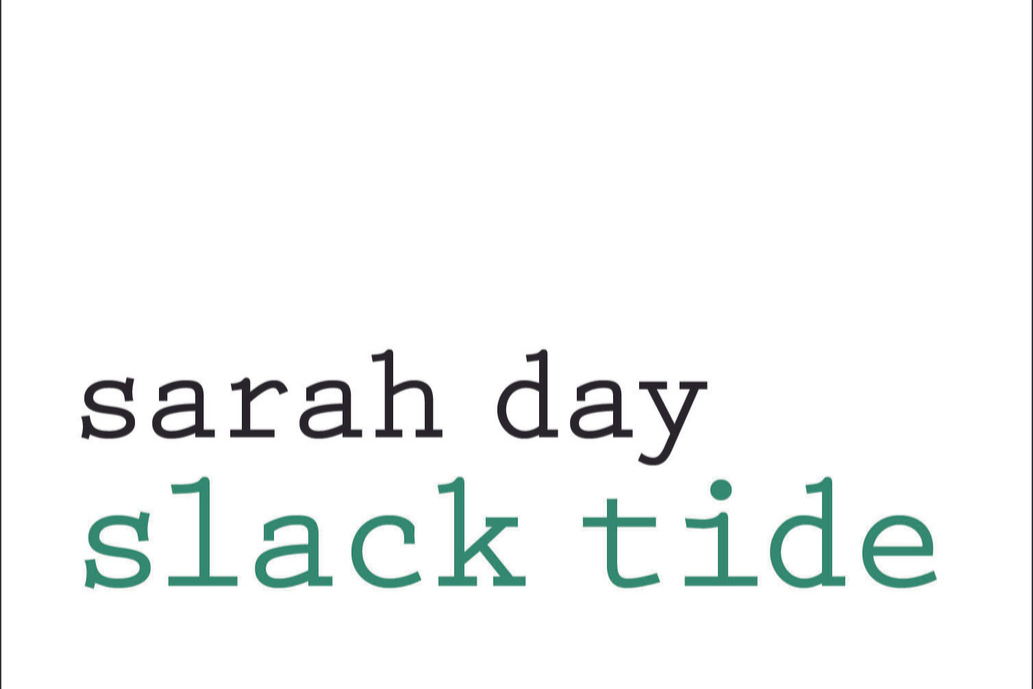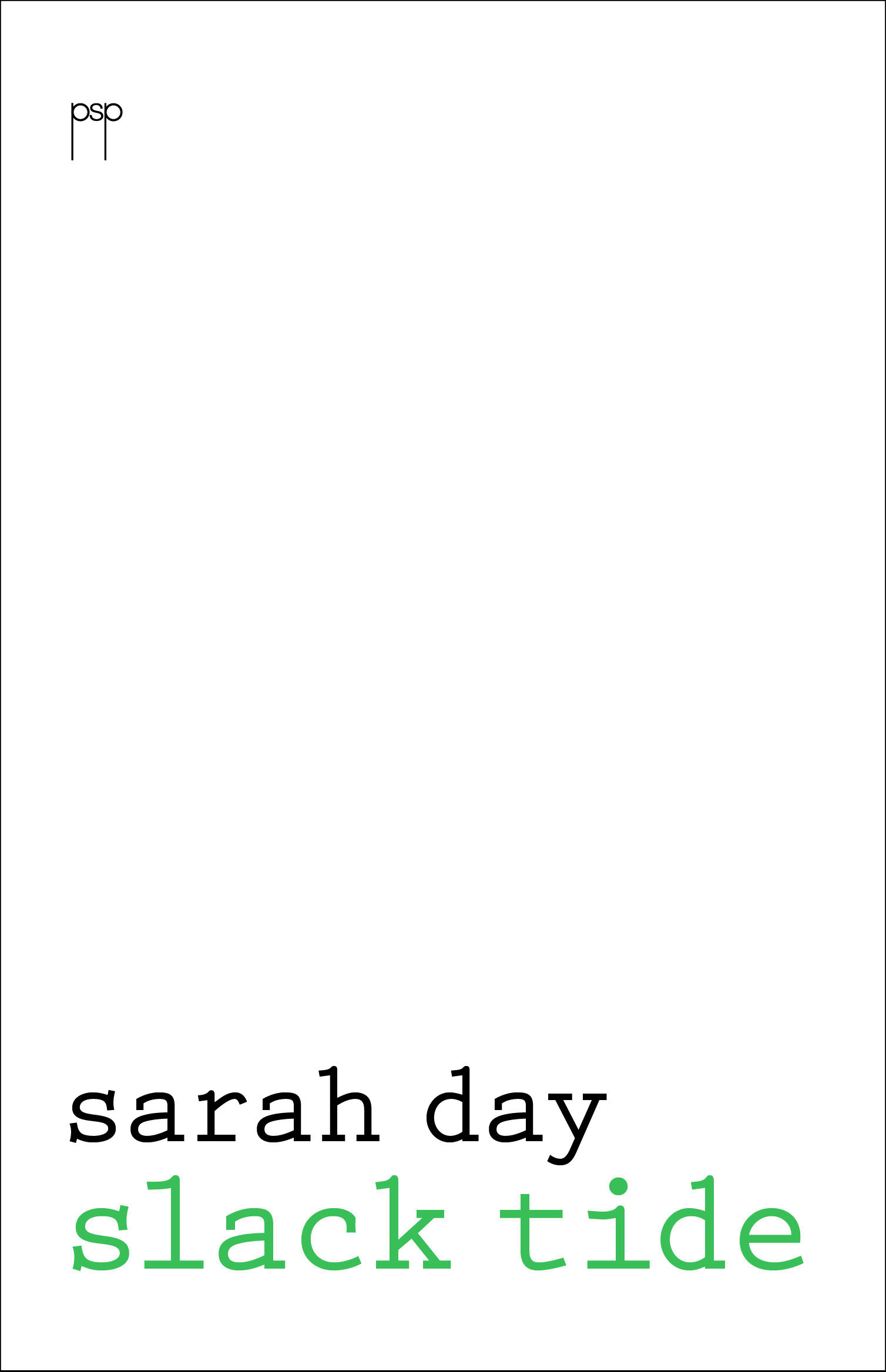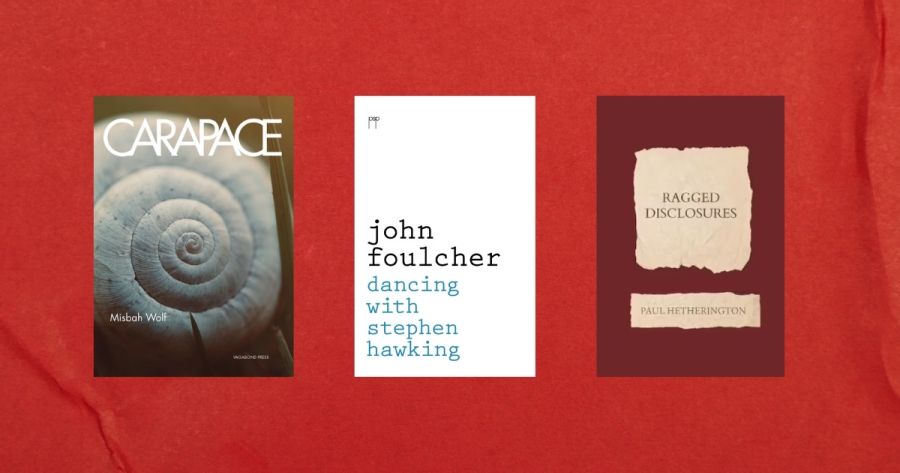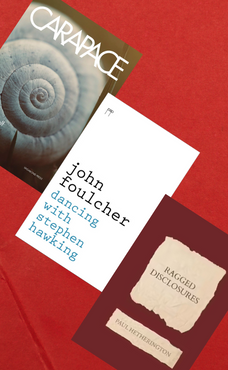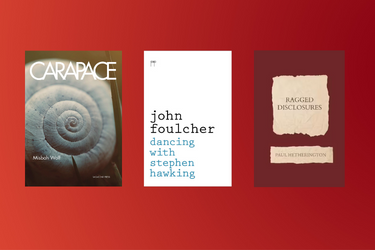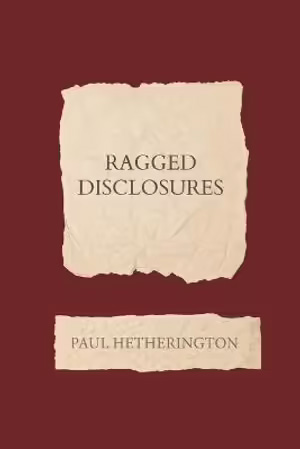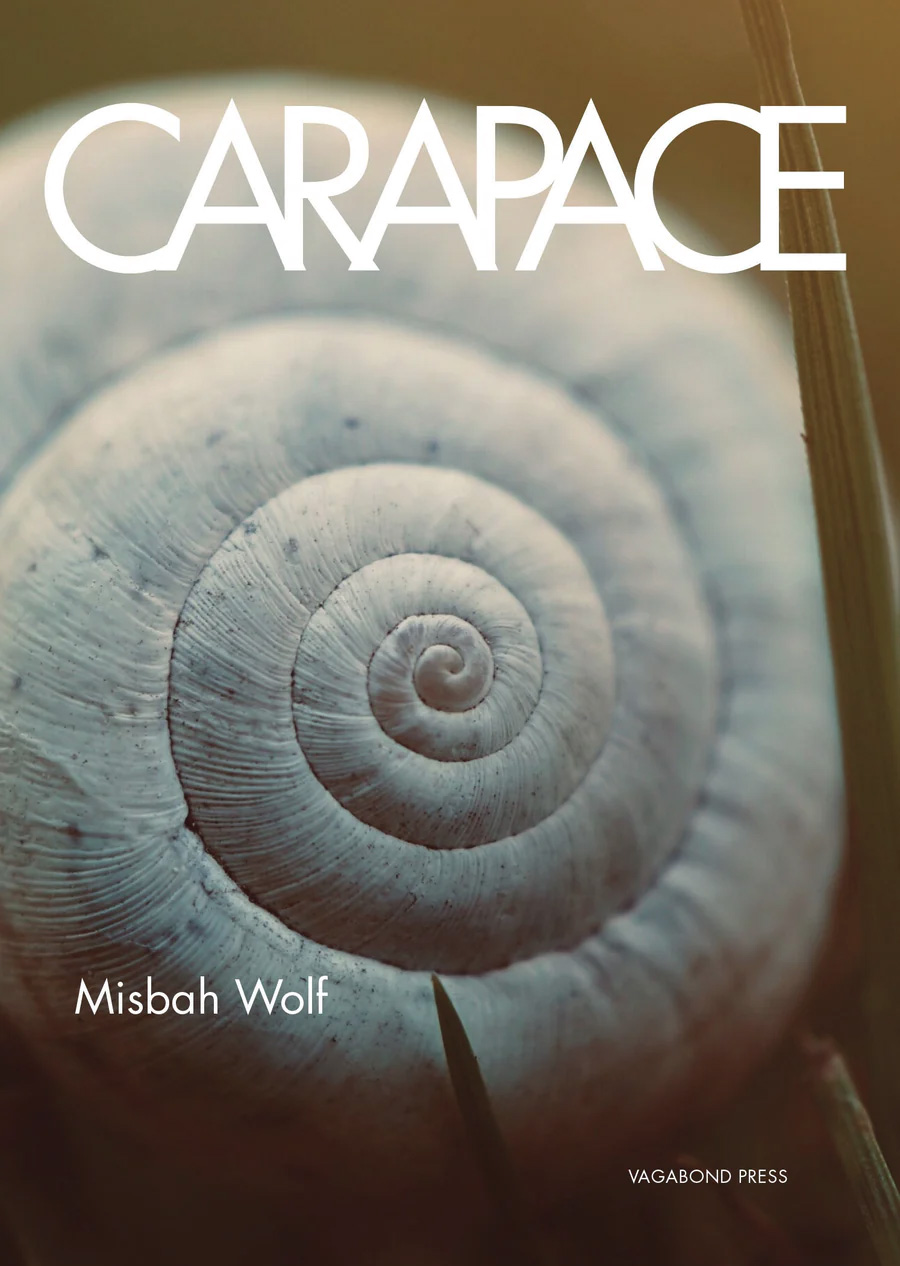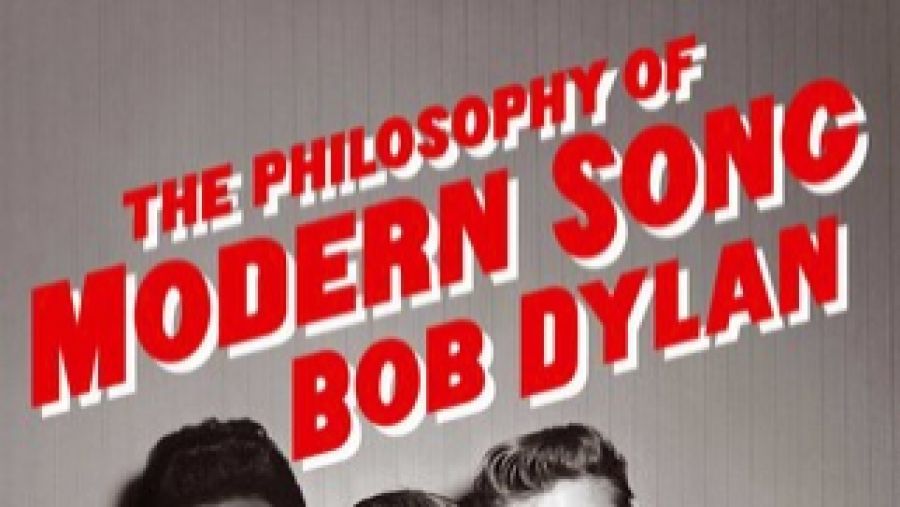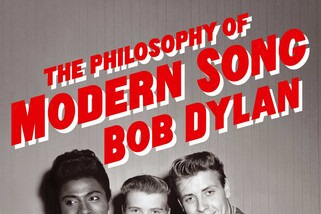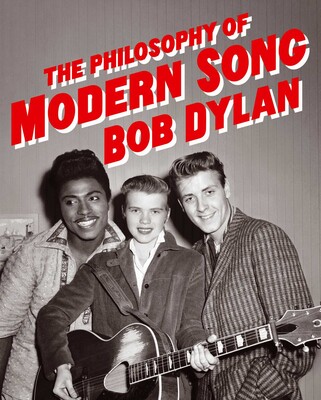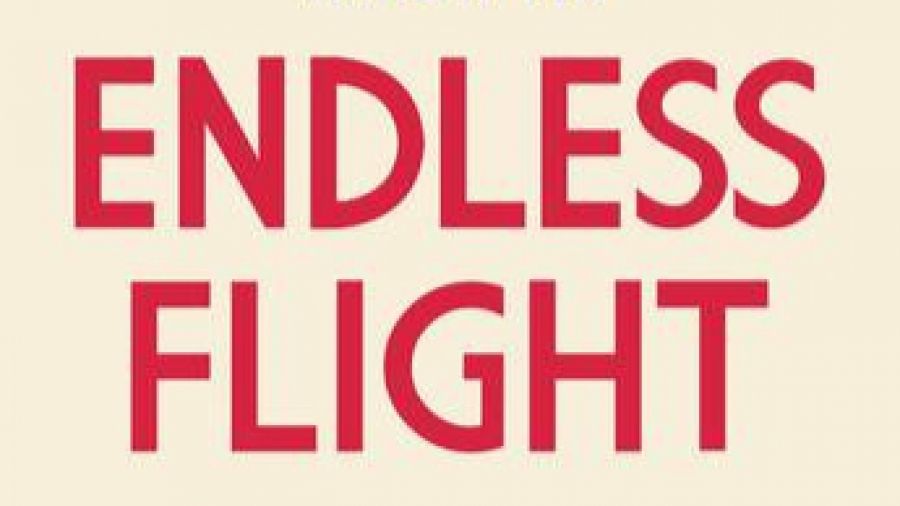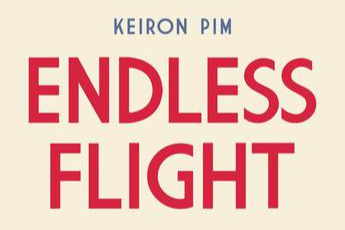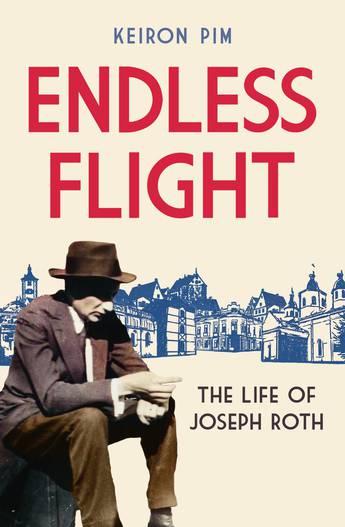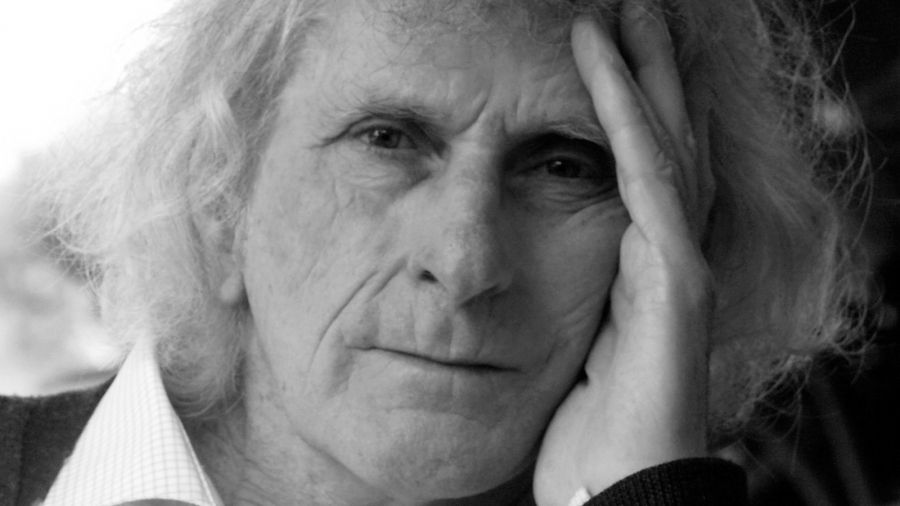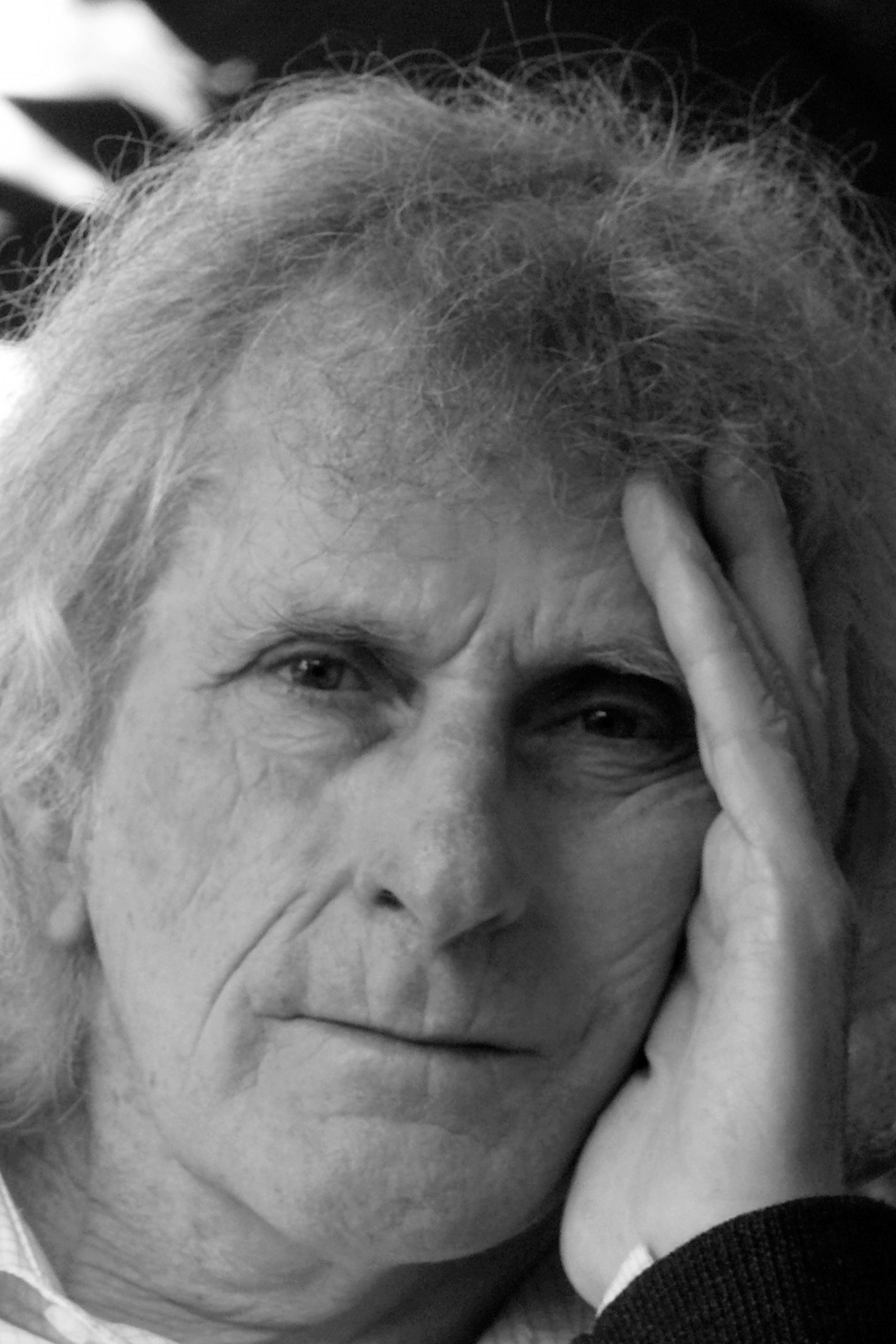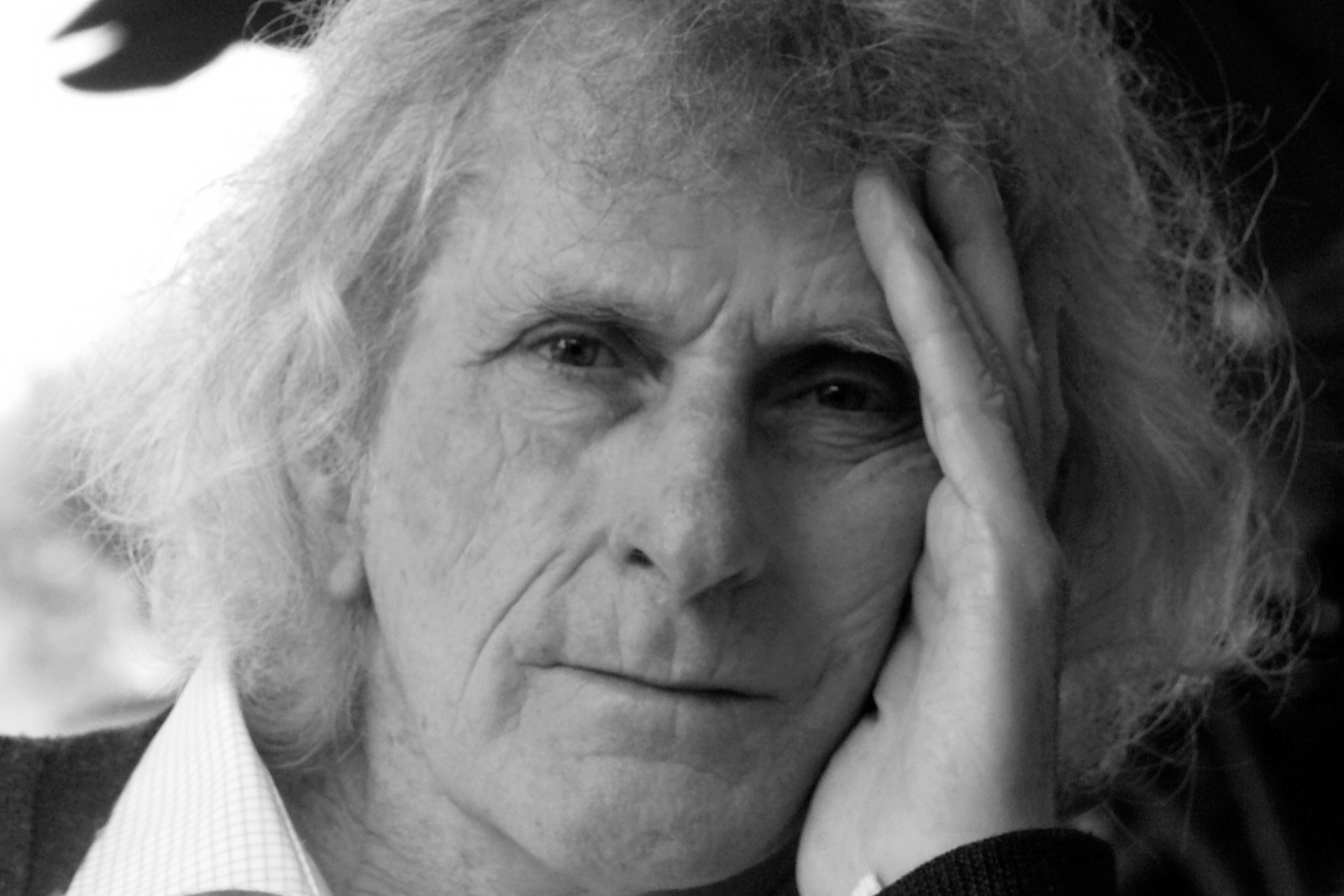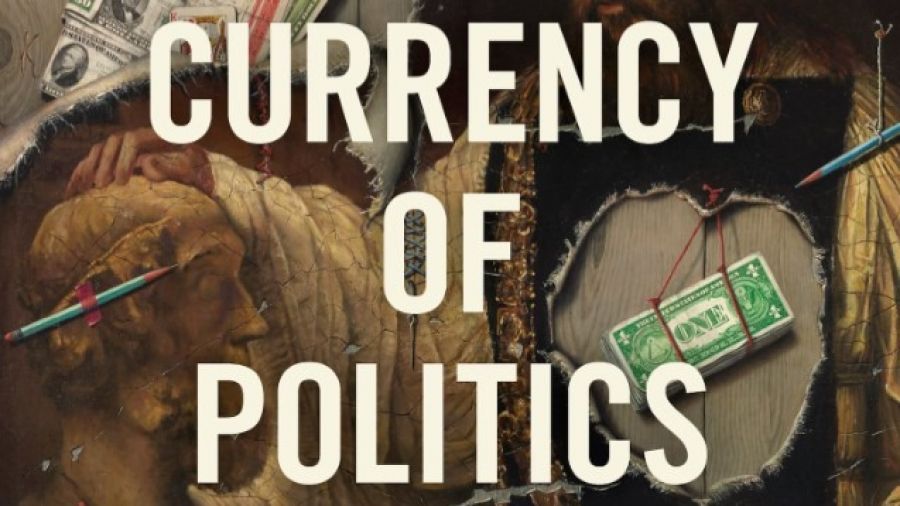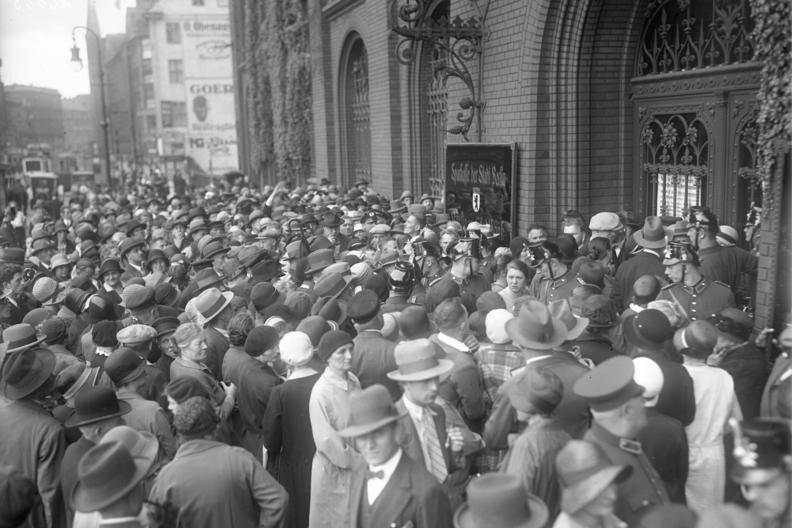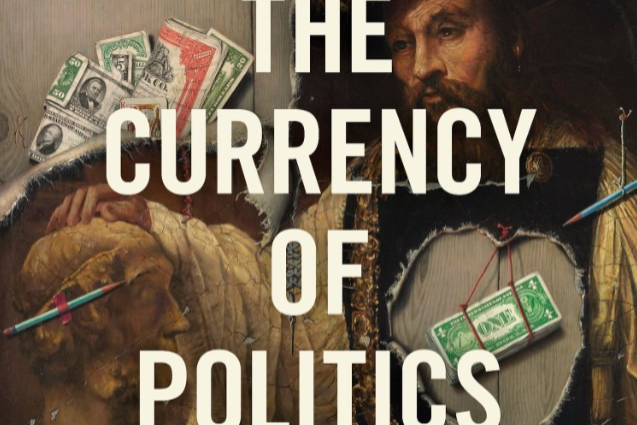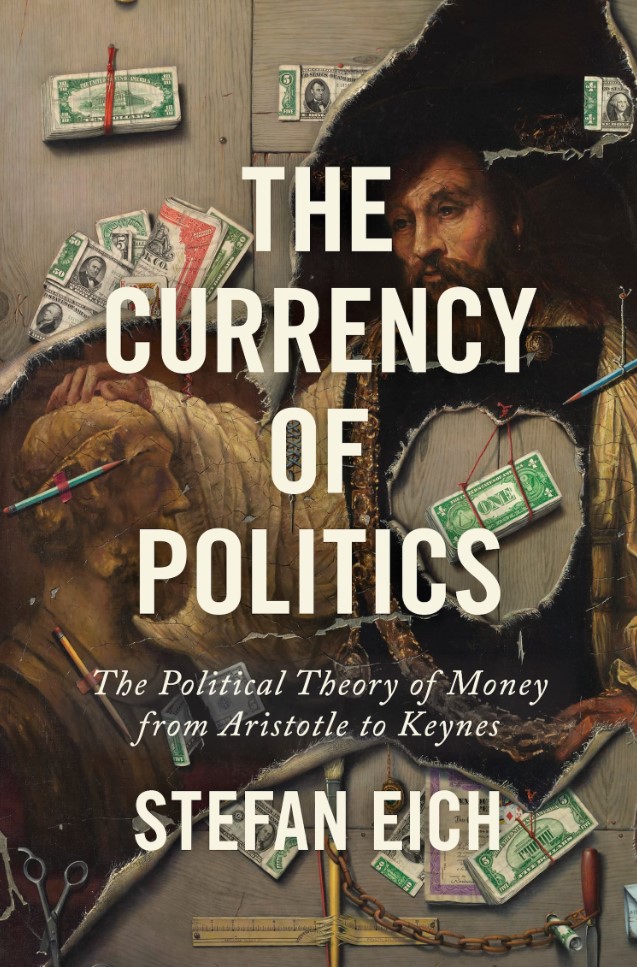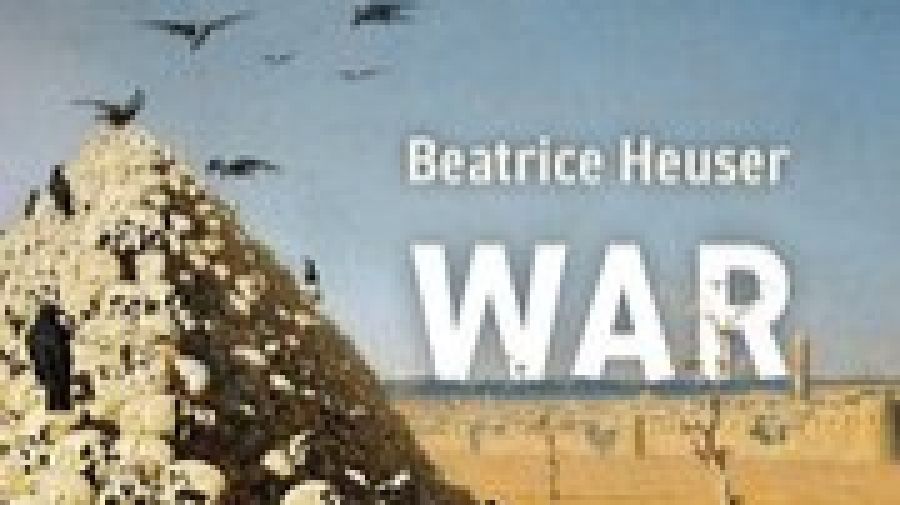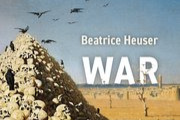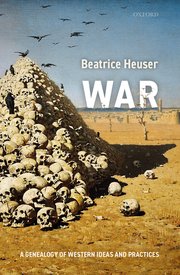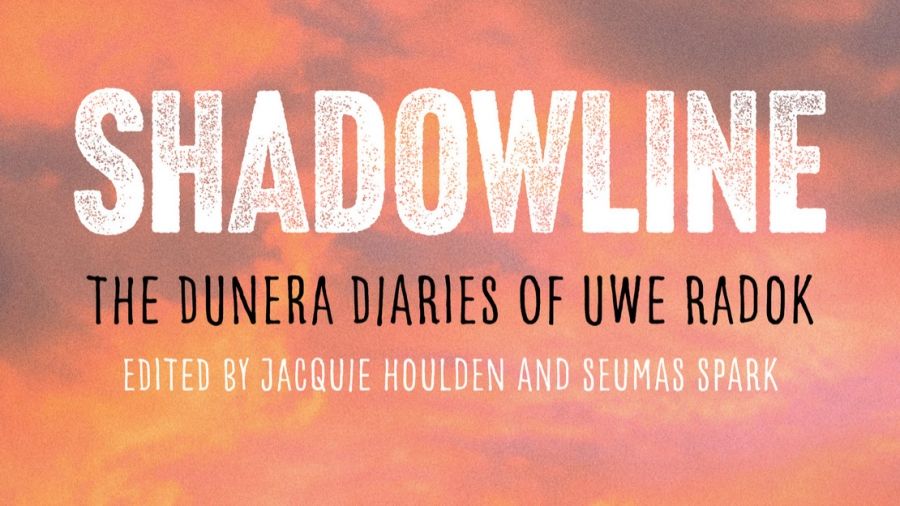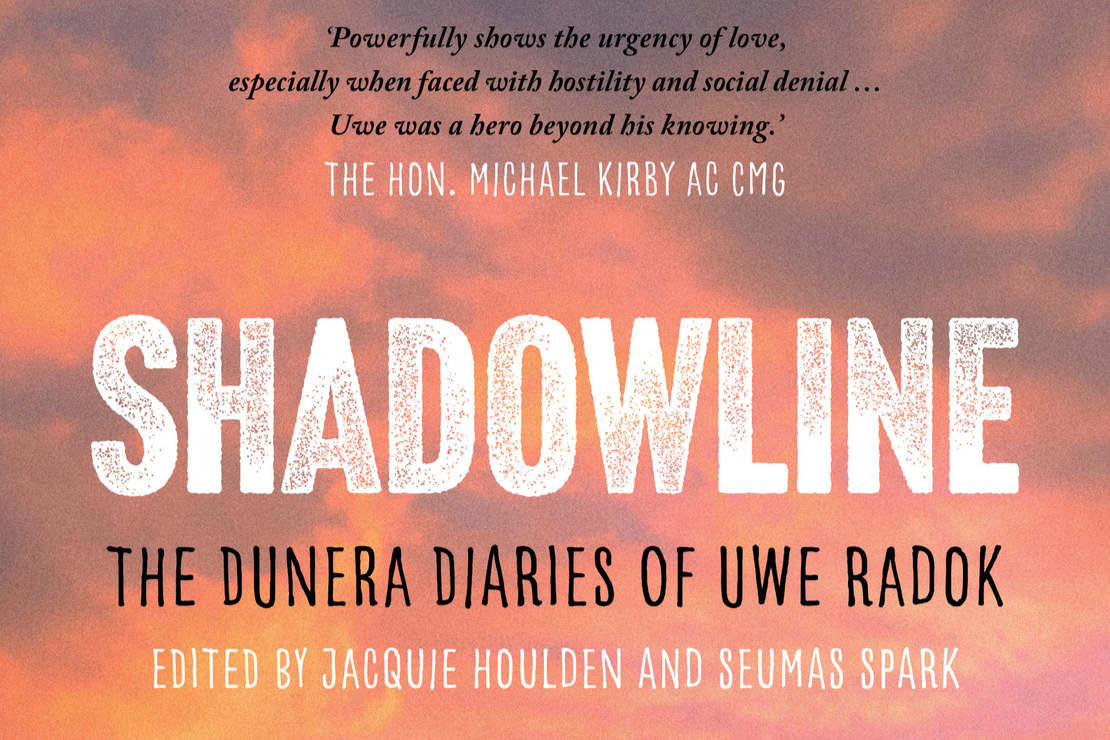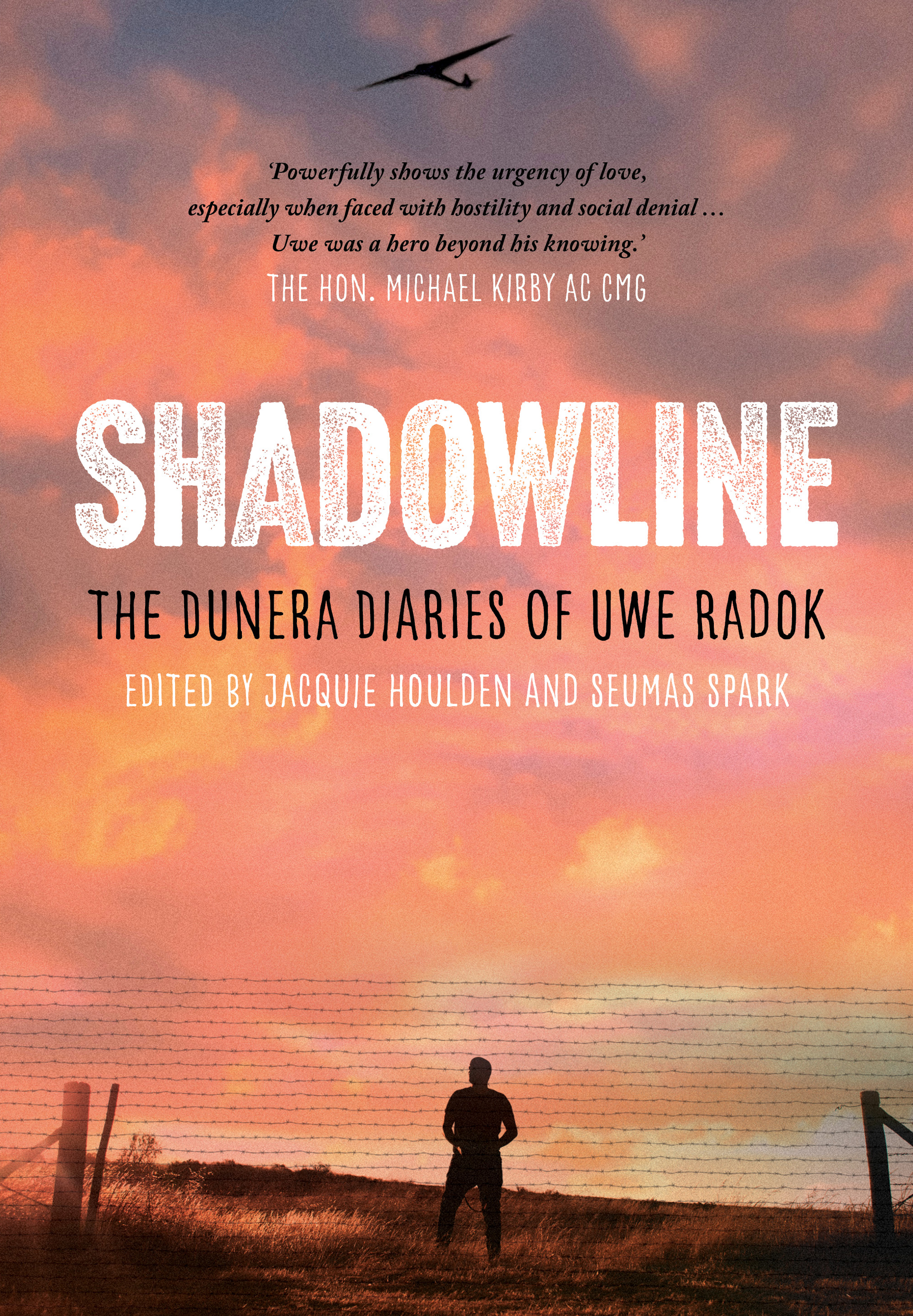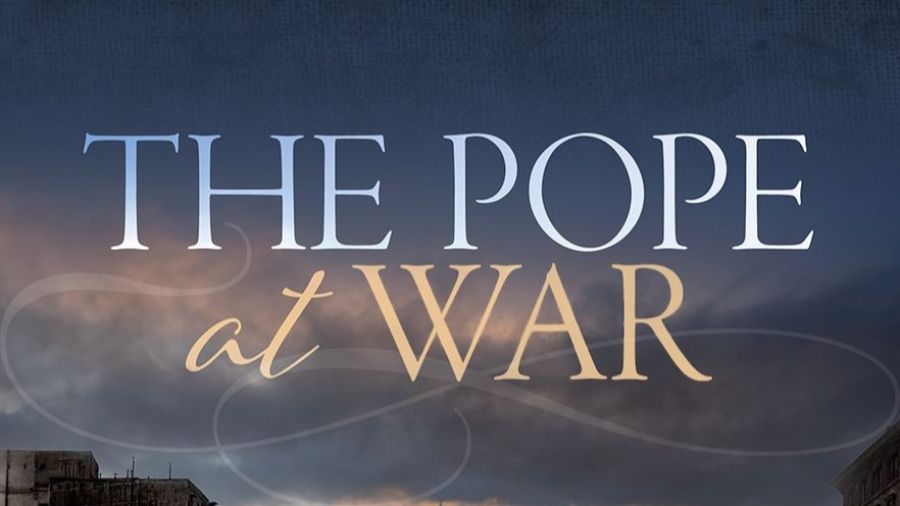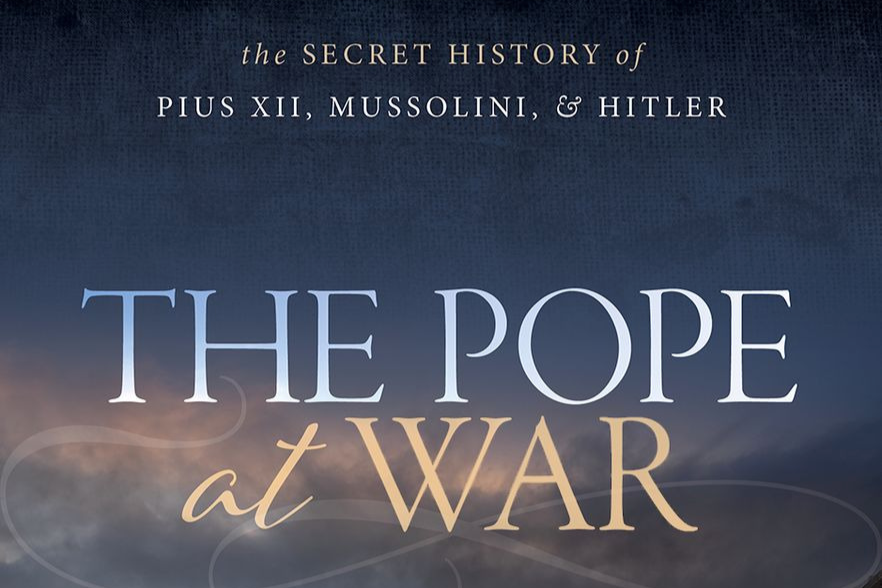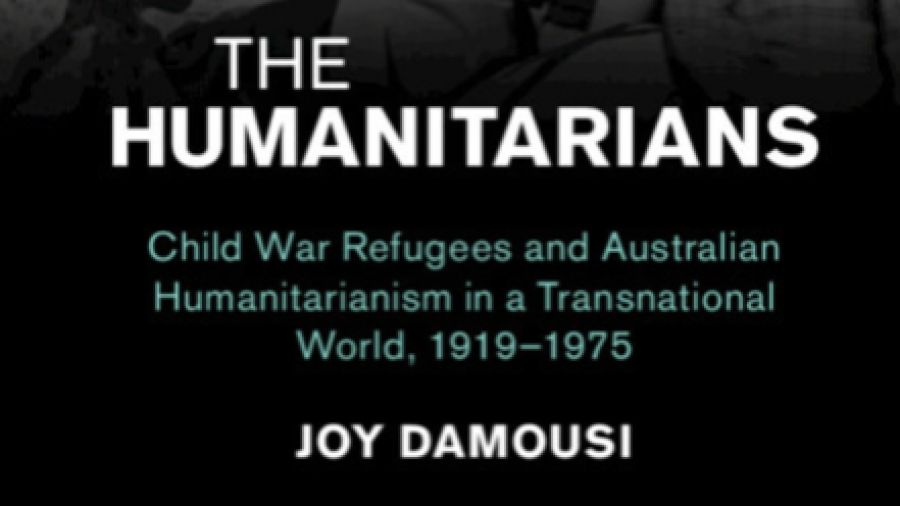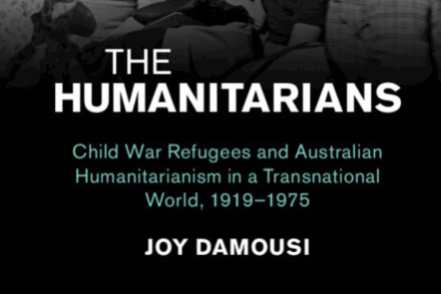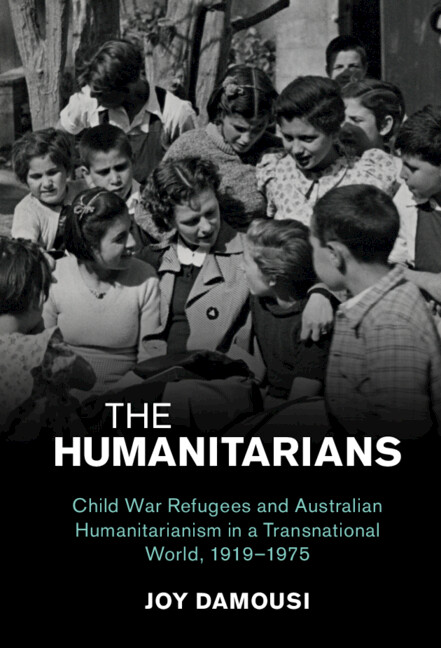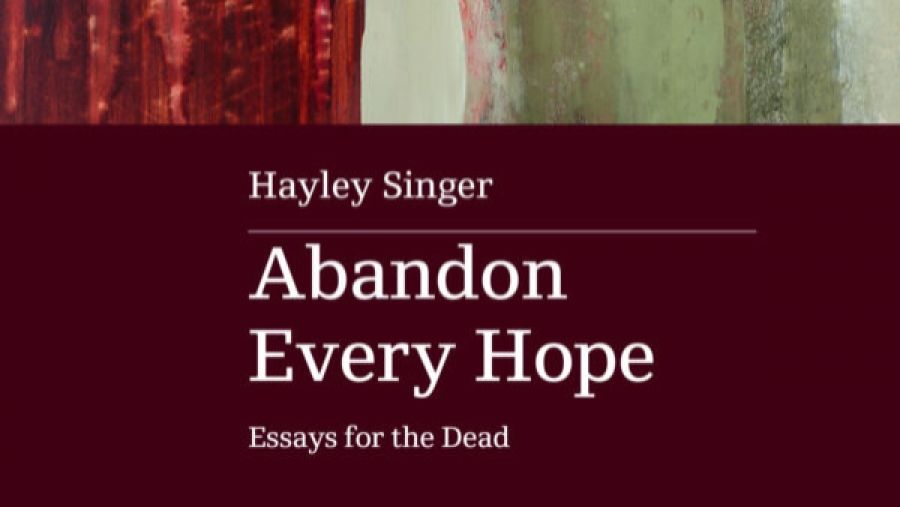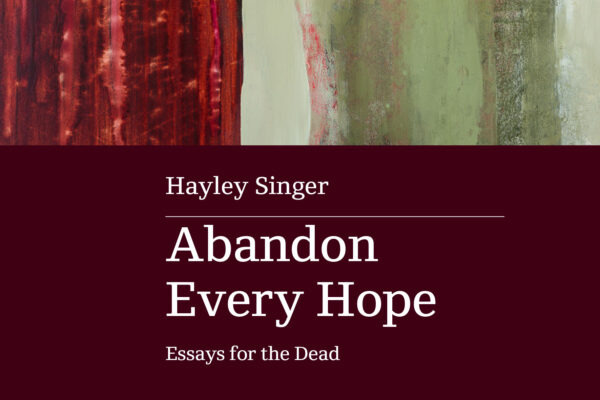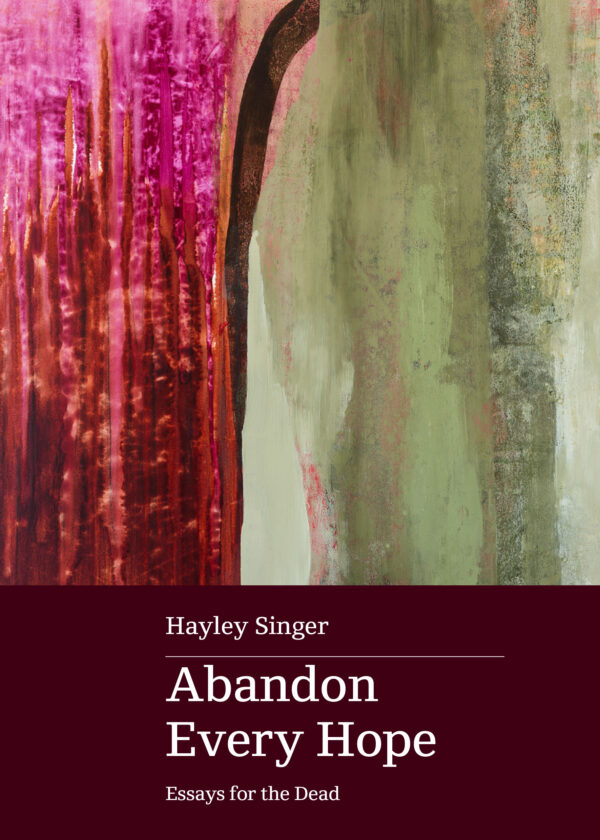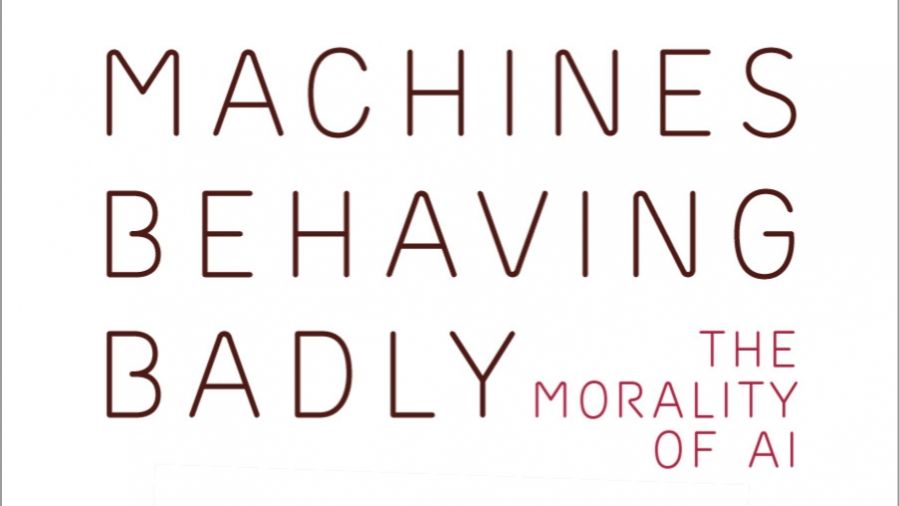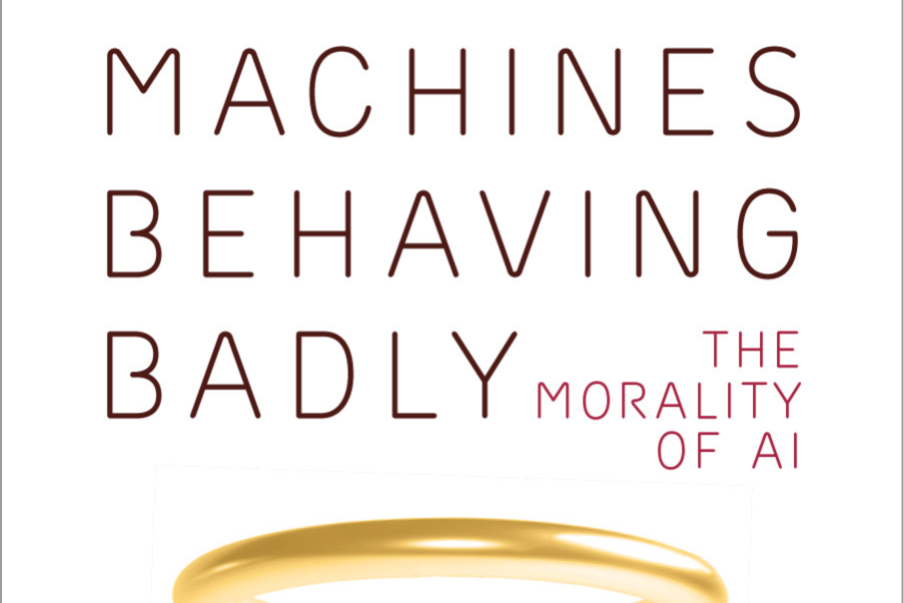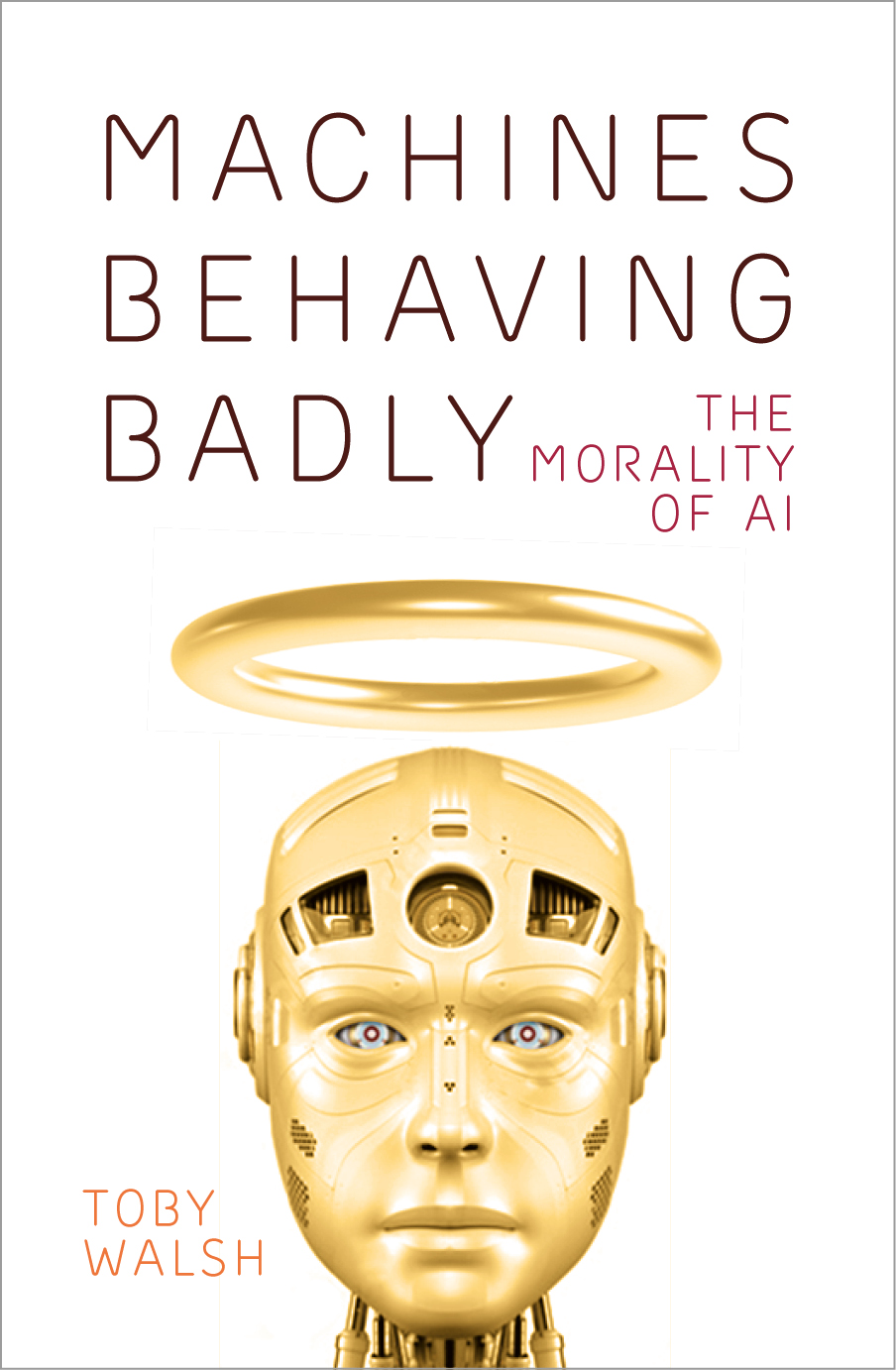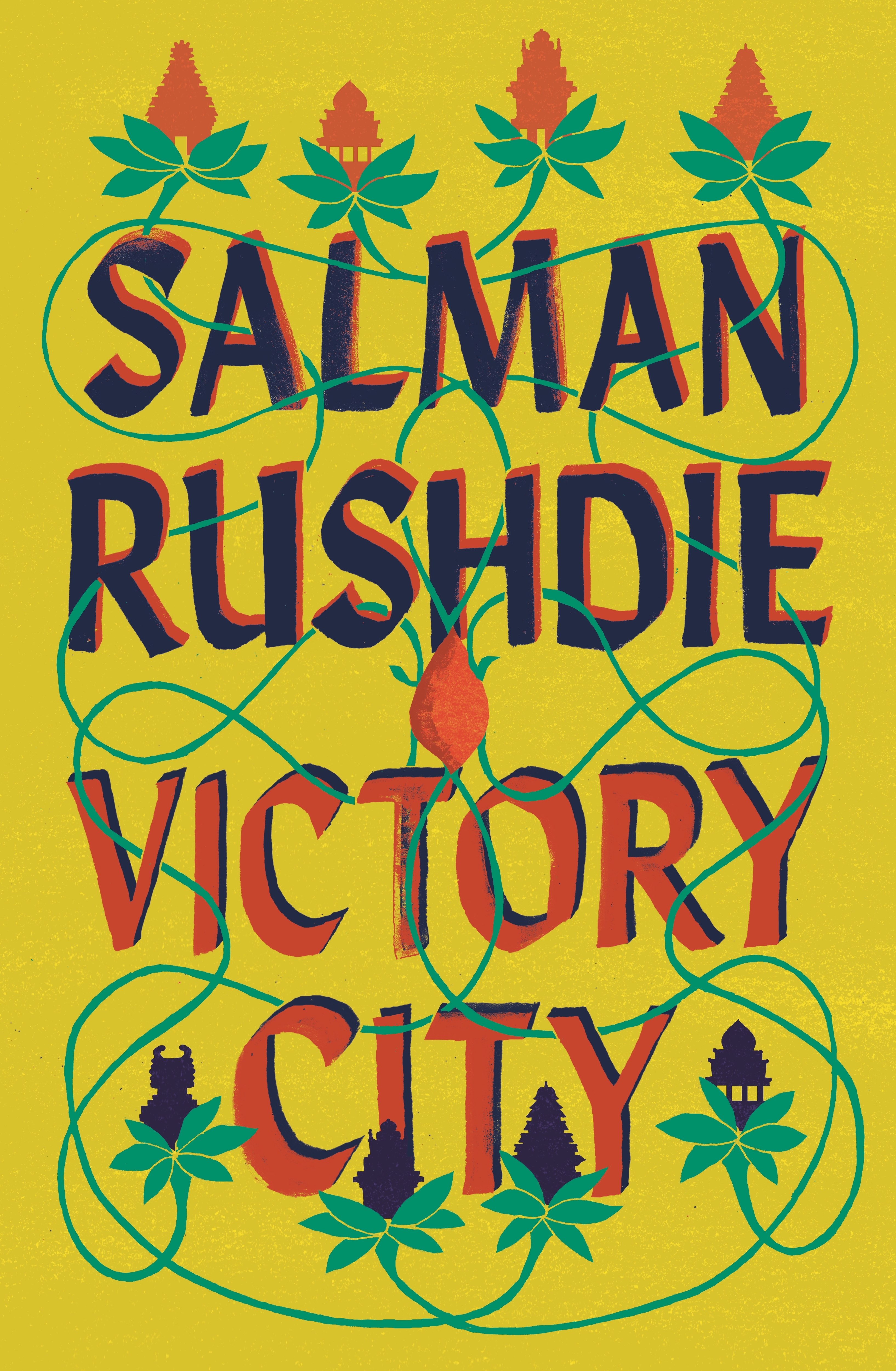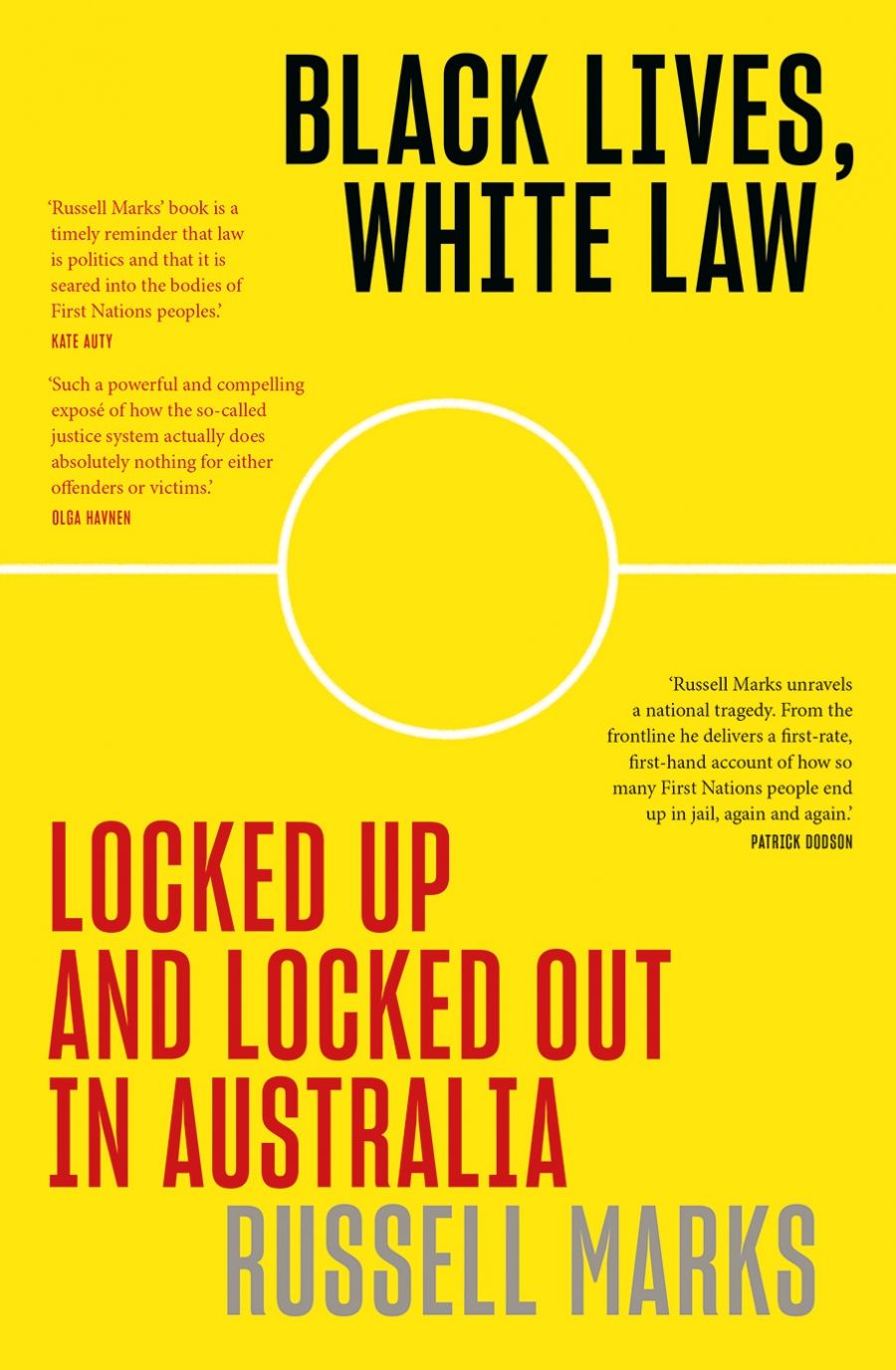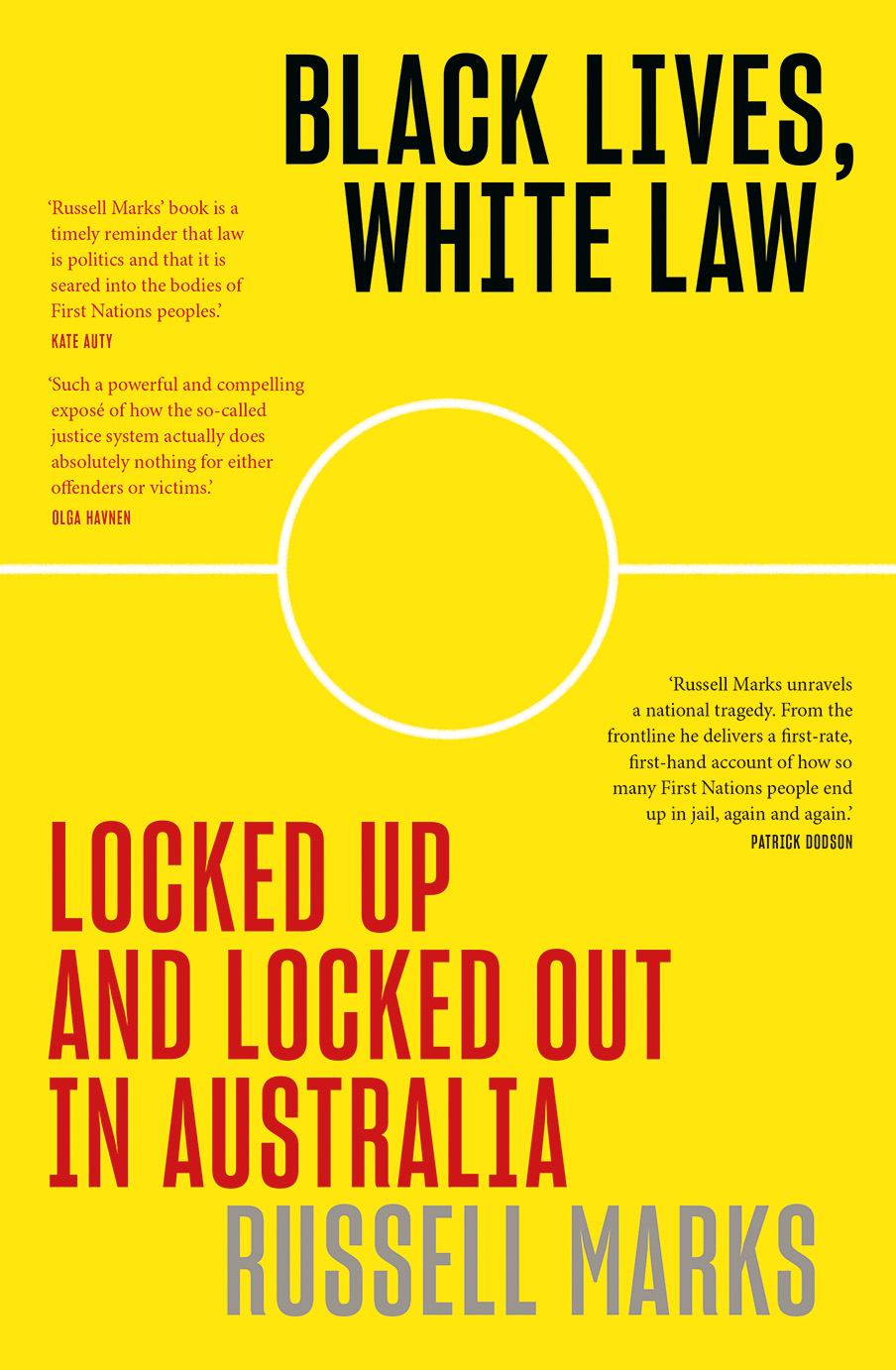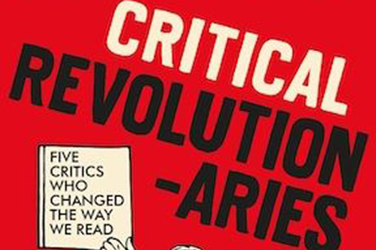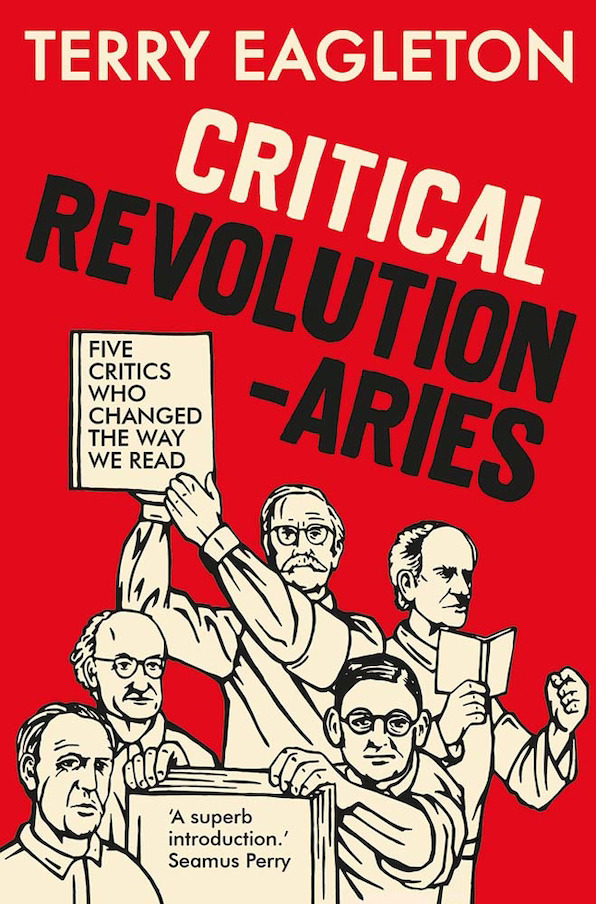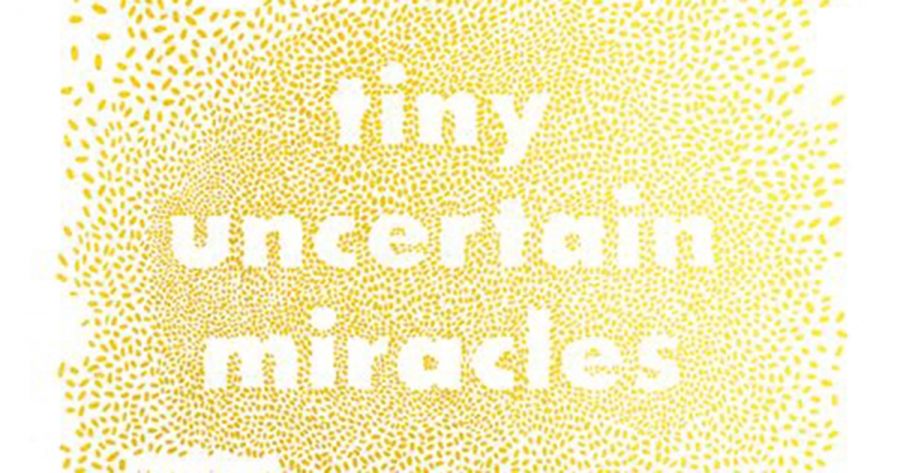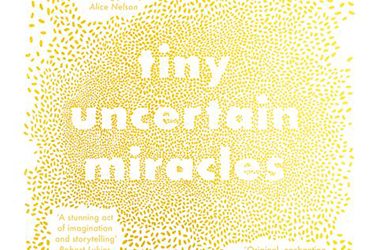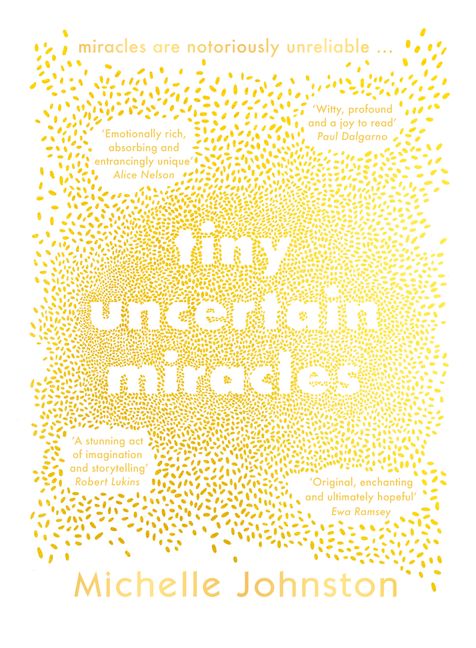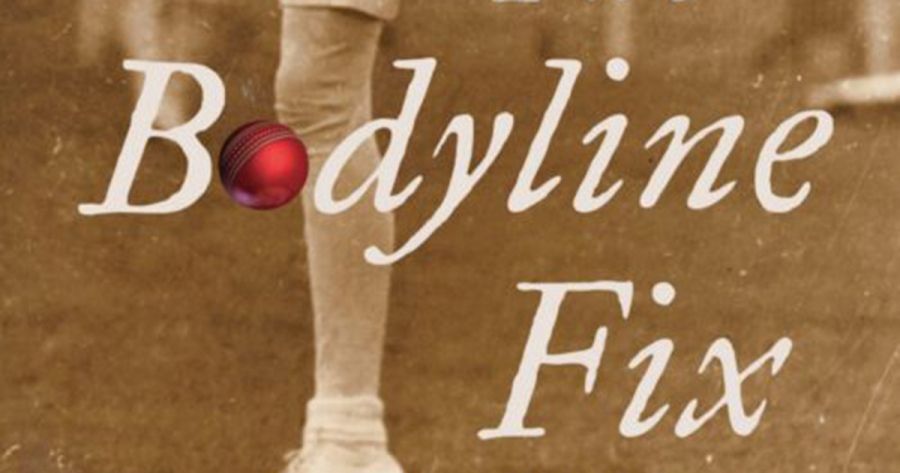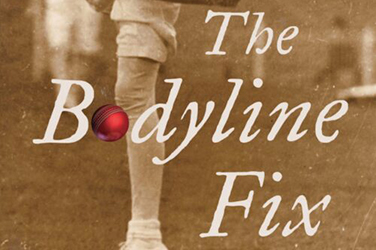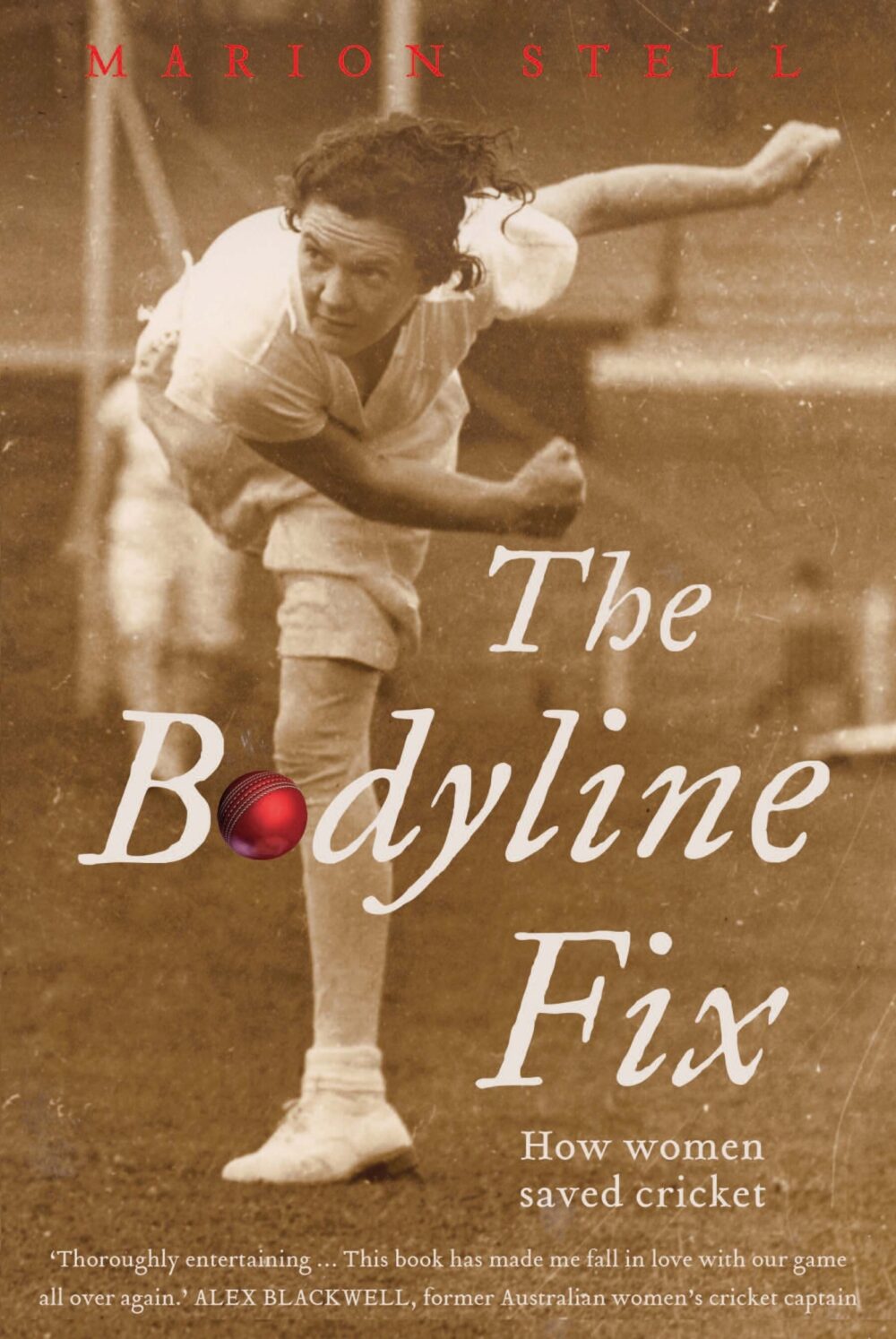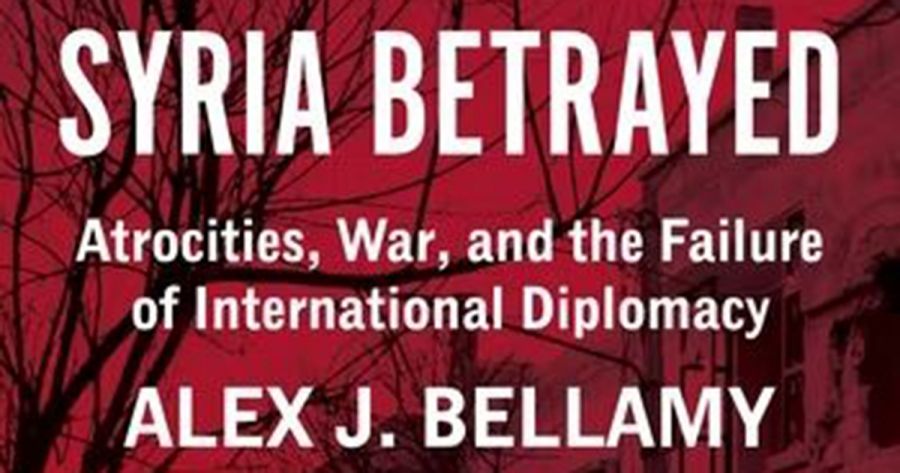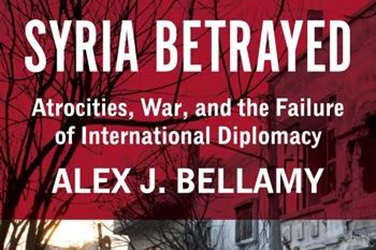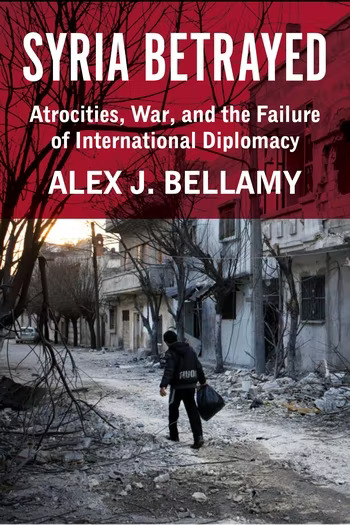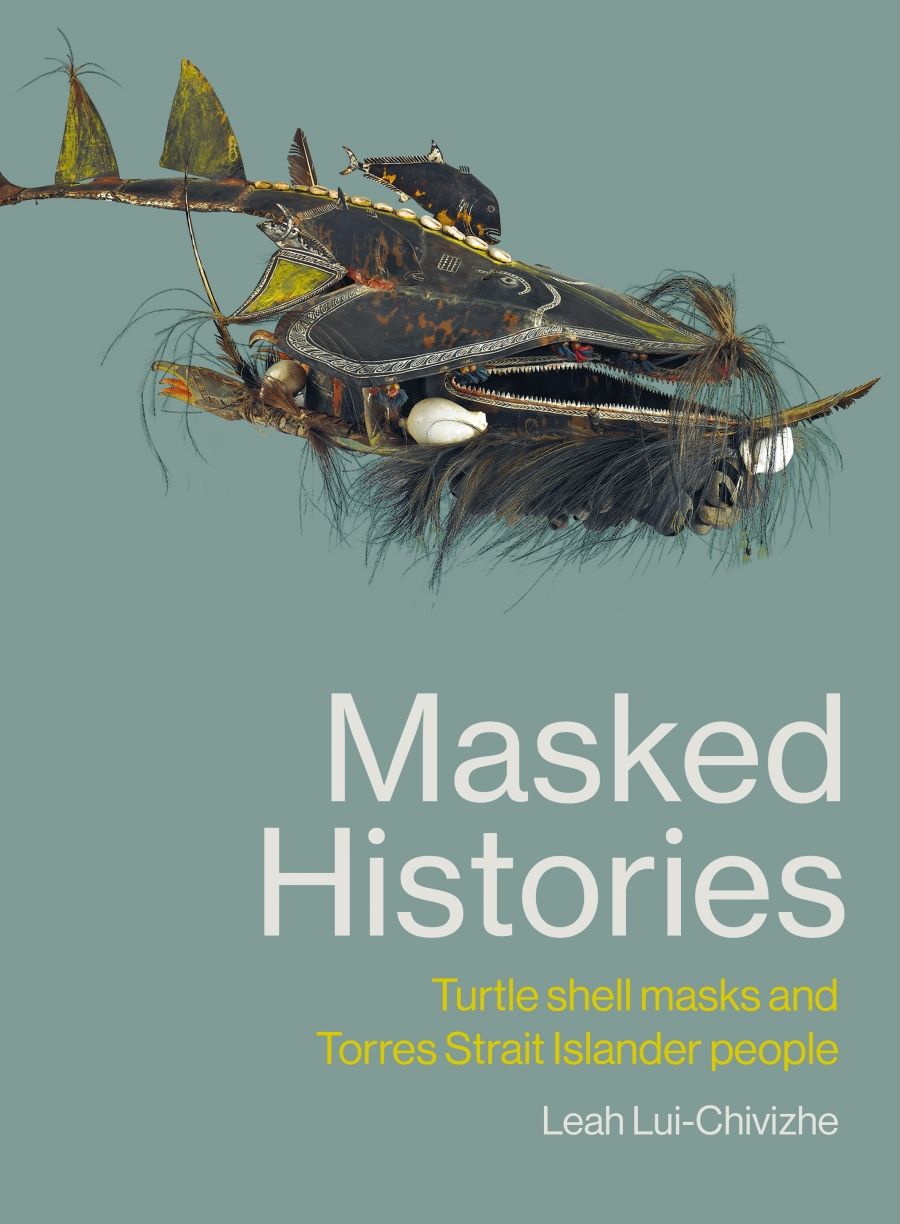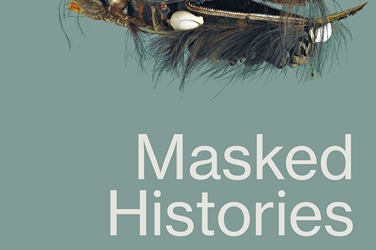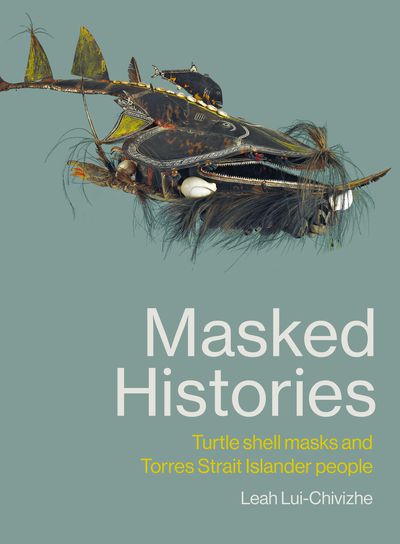- Free Article: No
- Review Article: Yes
- Online Only: No
National Cultural Policy
Much has been written since the prime minister launched Labor’s new National Cultural Policy at a popular music venue in Melbourne on 30 January, and Advances suspects there is a lot more to come.
Mostly, the response has been positive – one of relief even. Here, after a decade of neglect, ministerial contempt, and fiscal raids, was a federal government prepared to acknowledge the importance (and precarity) of the arts and to propose, in a holistic form known as Revive, new ways of celebrating, administering, and funding the arts.
The proof of the pudding, of course, will be in the eating. Money that George Brandis notoriously ripped from the Australia Council budget in 2015 will be restored, though commentators noted that – allowing for CPI – the budget has decreased in real terms over those eight years. Literature’s share of that budget is lamentably small – about four per cent. If more writers are to receive grants, more magazines like ABR to increase payments to writers and help lift industry standards, literature’s proportional share of funding must increase. We all look to the federal government for a substantial injection of funds into the new Writers Australia, which from 2025 will provide direct support to the literary sector.
The establishment of a Poet Laureate must be a good thing. Here, the selection process will be sensitive. A savvy, persuasive Laureate – with full autonomy and sufficient resources – will play a vital role in the promotion of poetry to the broader community.
The removal of the prime ministerial veto in the Prime Minister’s Literary Awards is similarly welcome. As recently as the December 2022 issue, ABR has lamented past indulgences and interference. It will be a great day, too, when these pivotal awards are announced punctually to support the book industry’s promotion of featured titles.
ABR readers – like our many contributors (more than 300 of them each year) – appreciate the importance of federal grants for this publication. Many of you expressed your disappointment and solidarity when the Australia Council decided not to fund ABR in the 2021–24 round. Soon after the announcement of the new National Cultural Policy, ABR submitted its EOI for the 2025–28 round. Just one of our goals, as stated in this document, is a commitment to raise our rate for freelance writers substantially in 2025 – if we are funded. We will keep our readers apprised of the outcome in coming months.
Jennifer Mills – author, critic, and director of the Australian Society of Authors – writes about the new National Cultural Policy in this issue. (Her article is ‘A Revival Meeting at the Espy’.)
Meanwhile, we wish the federal government and the Australia Council well as they set out to implement this ambitious and much-needed policy.
Tours galore
This week we’re off to Adelaide again, where it all began for ABR in 1961. Once again we have a full contingent for our week-long tour, which is presented in association with our commercial partner, Academy Travel.
Months out, ABR’s Vienna tour is close to filling up, so be quick if you are interested in joining the twelve-day study tour based in Vienna.
Christopher Menz – who will lead both of these tours with Peter Rose – is interviewed about Vienna and design on the ABR Podcast, a good way to get to know ABR’s popular cicerone.
Jolley Prize
The ABR Elizabeth Jolley Short Story Prize is now open for entries until 24 April. We are looking for original works of between 2,000 and 5,000 words. These single-authored stories should be written in English and can be written in any style or genre.
The Jolley Prize is worth a total of $12,500, with the winner receiving $6,000. The judges this year are Gregory Day, Jennifer Mills, and Maria Takolander. The Jolley Prize unfailingly unearths exciting and fresh talent and work. Past winners include the 2022 Miles Franklin Literary Award winner Jennifer Down (for ‘Aokigahara’) and Madelaine Lucas, whose 2018 Jolley Prize-winning short story ‘Ruins’ has evolved into part of her forthcoming novel Thirst for Salt (April, Allen & Unwin).
Correction
The print version of Timothy J. Lynch’s commentary ‘Enough already! Post-Trump America returns to the centre’ (ABR, January–February 2023) referred to ‘Senator Liz Cheney’. This should have read ‘Congresswoman Liz Cheney’.






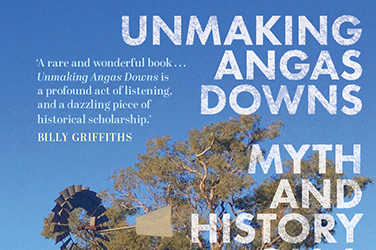
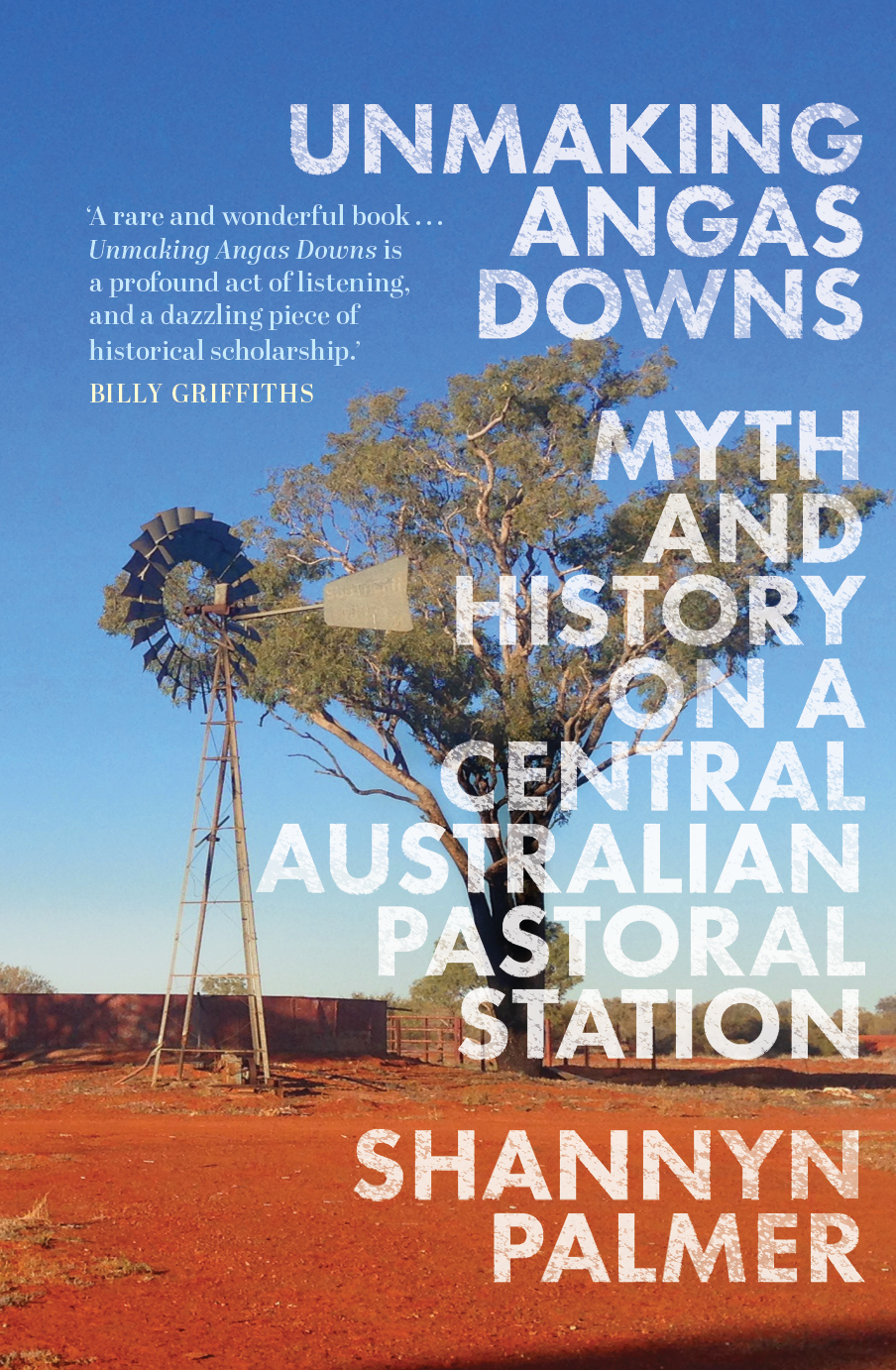
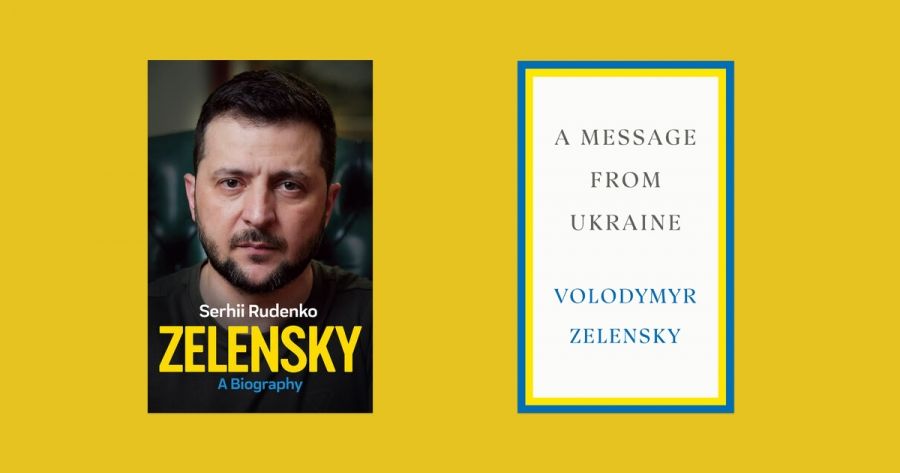
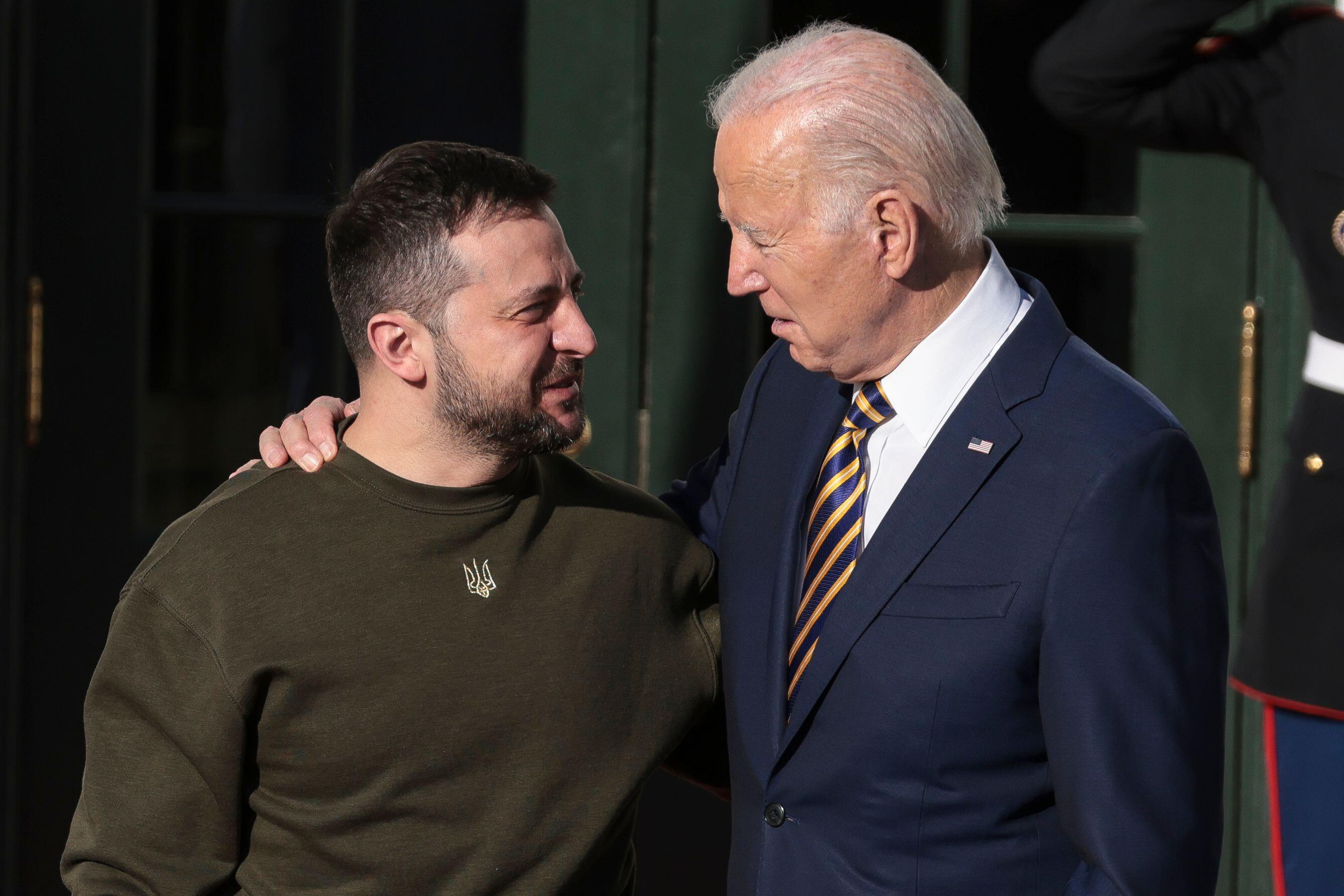
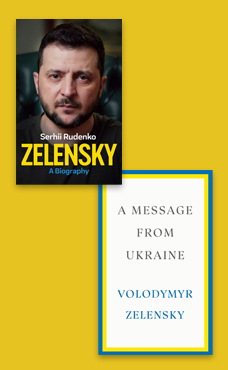
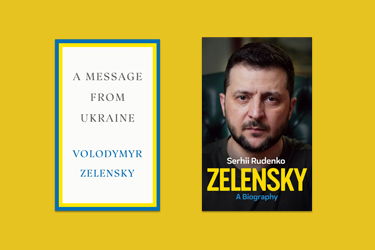
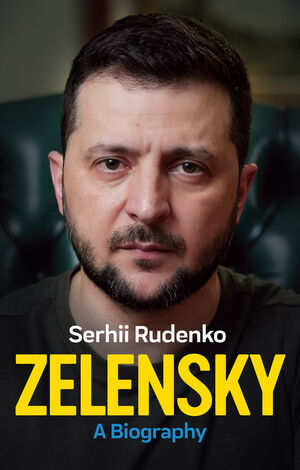
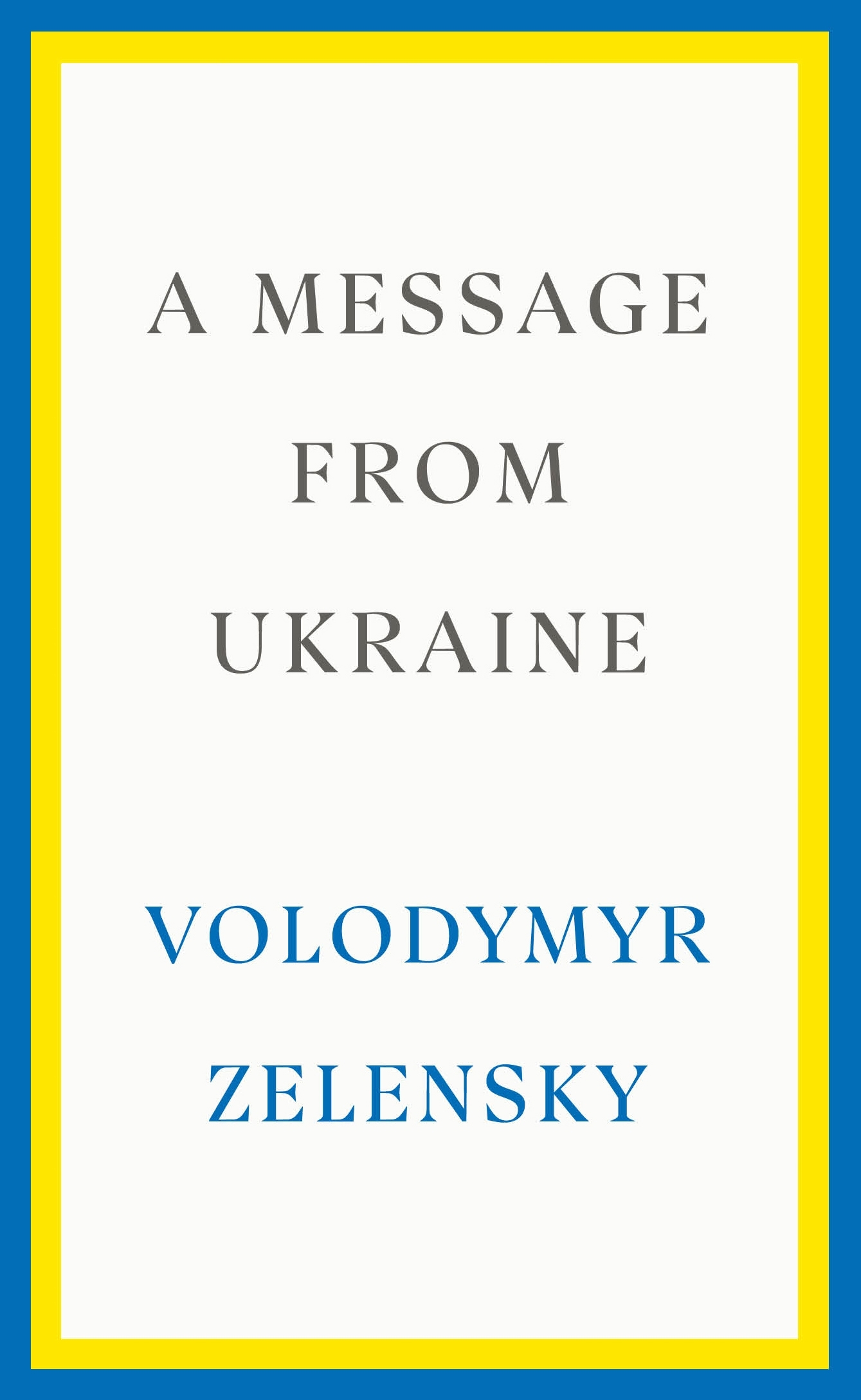
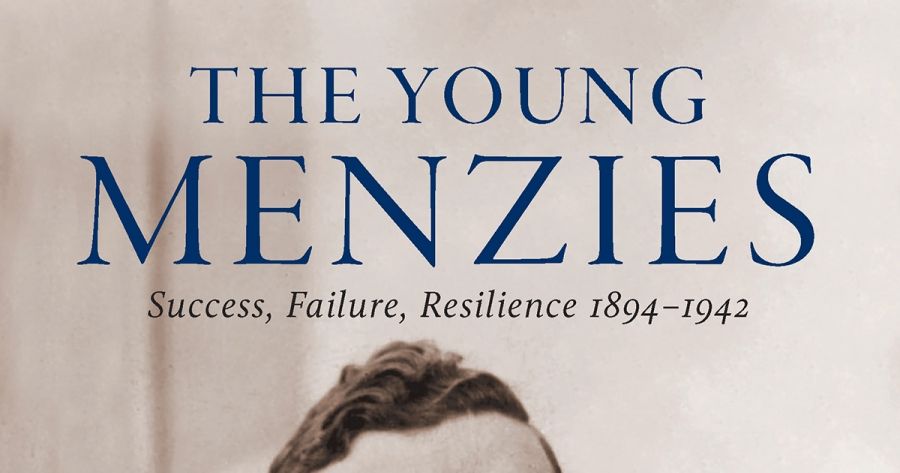
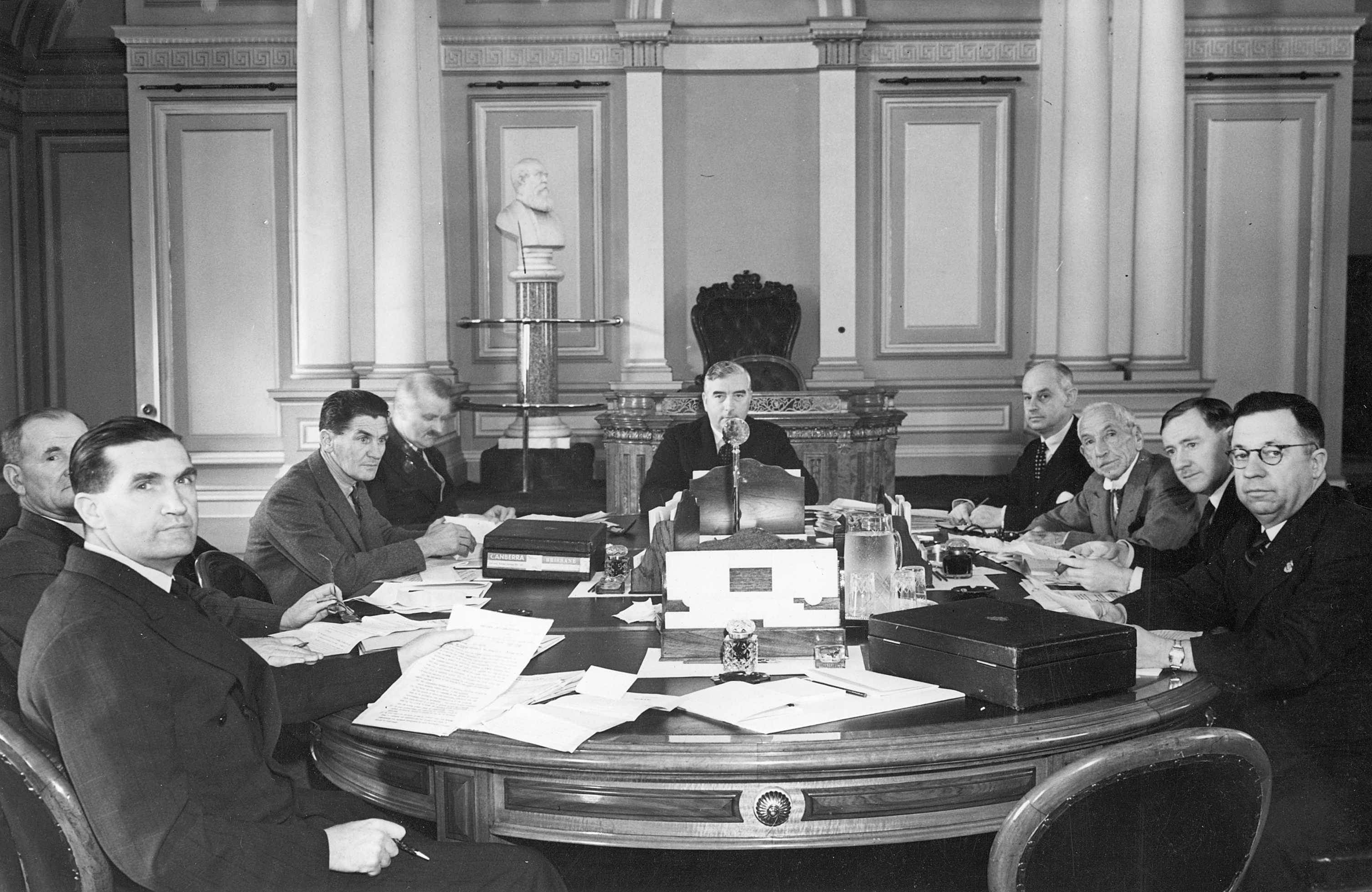
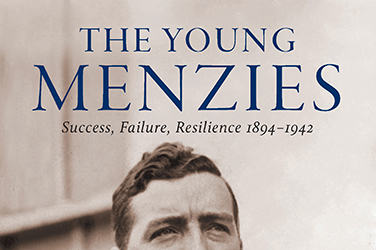
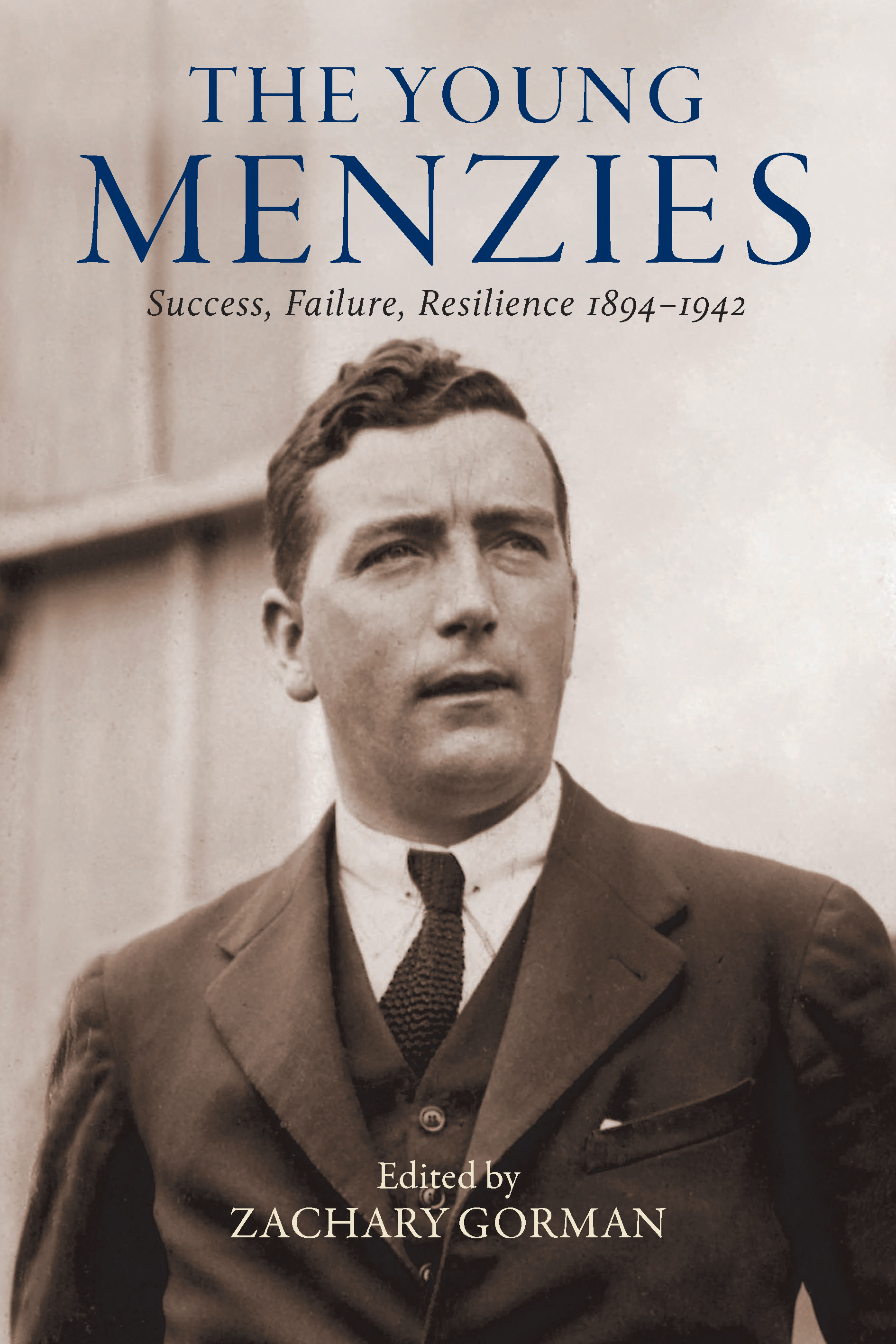
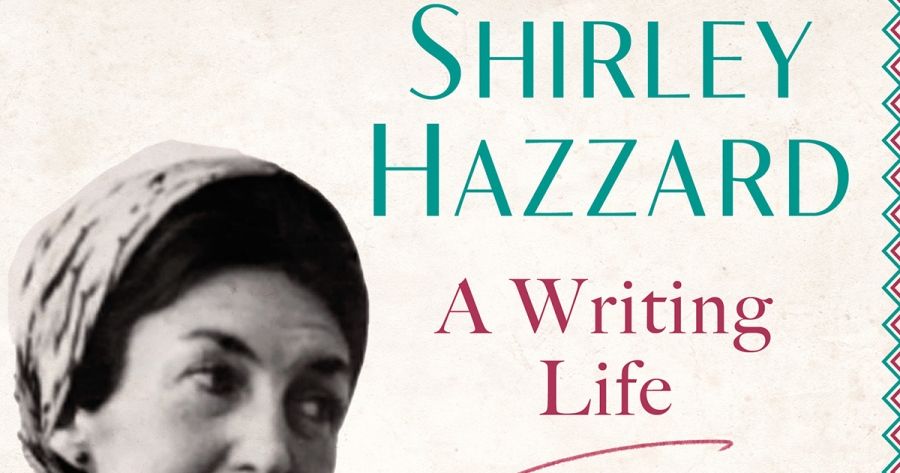
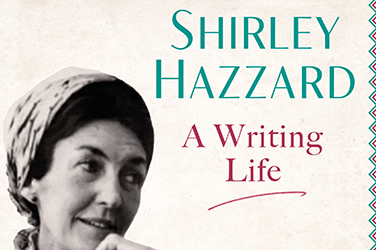
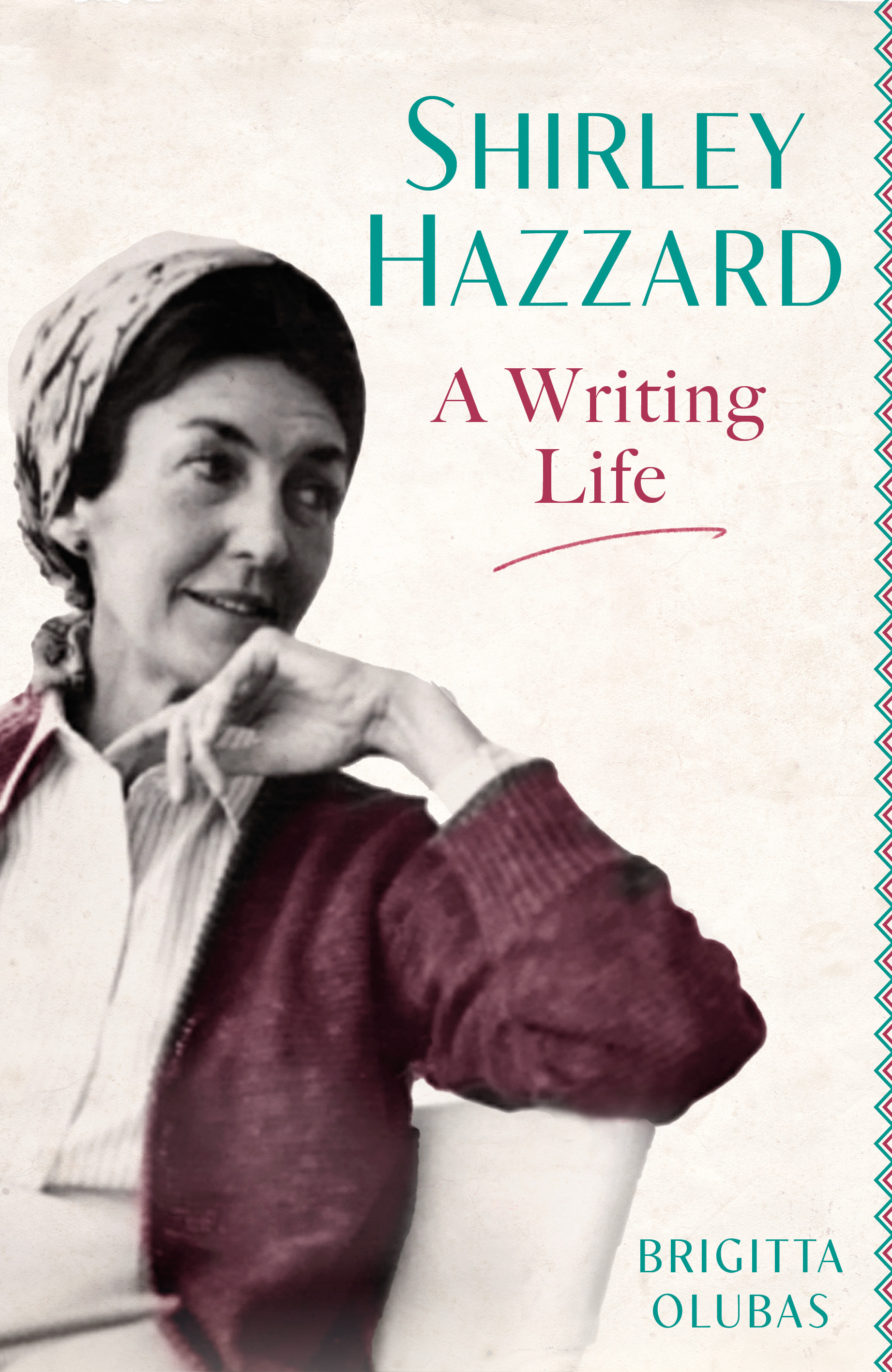
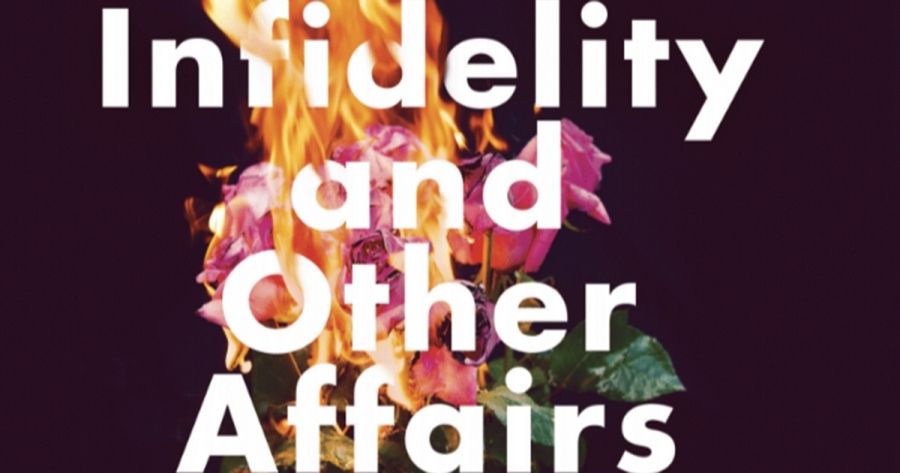
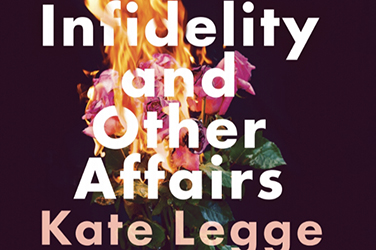
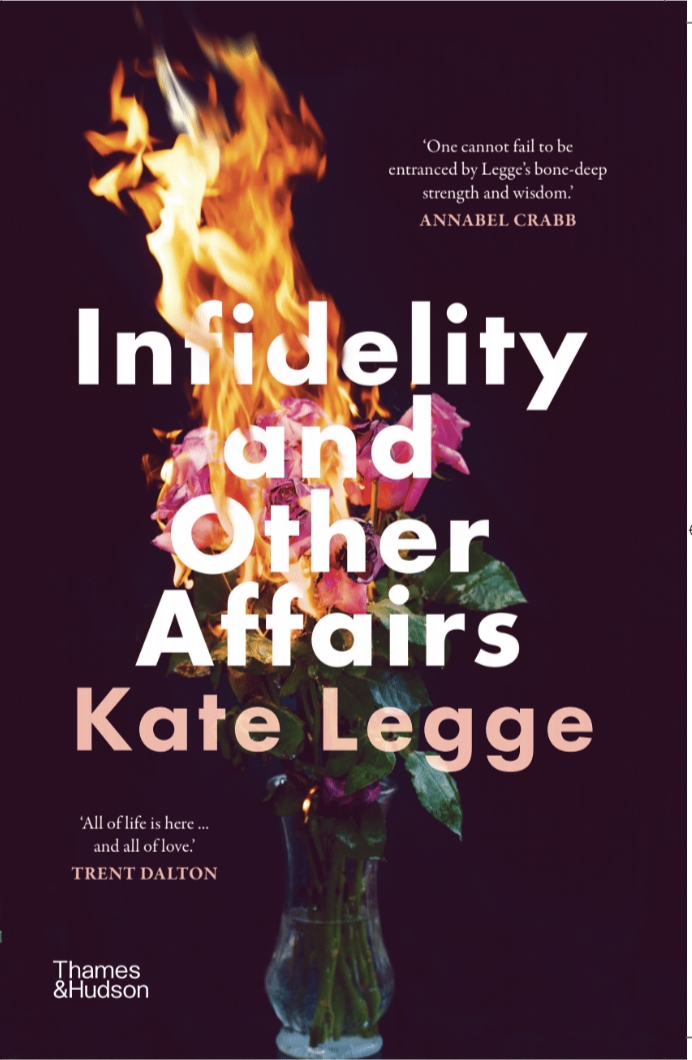
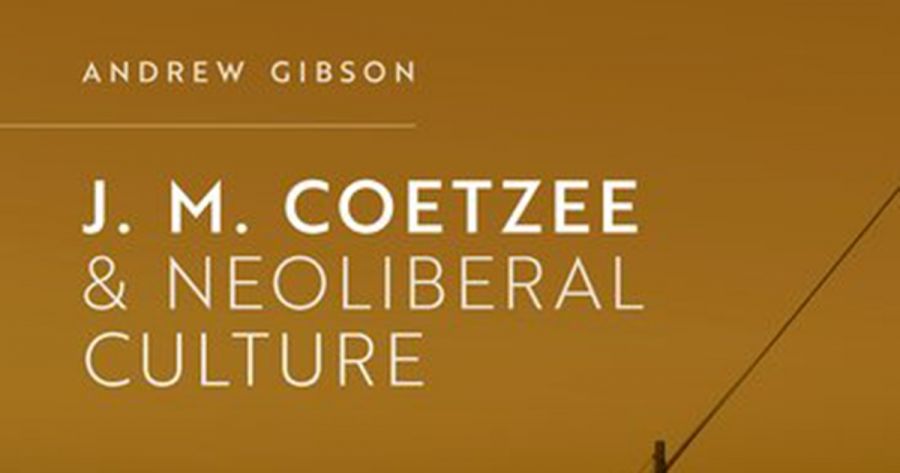
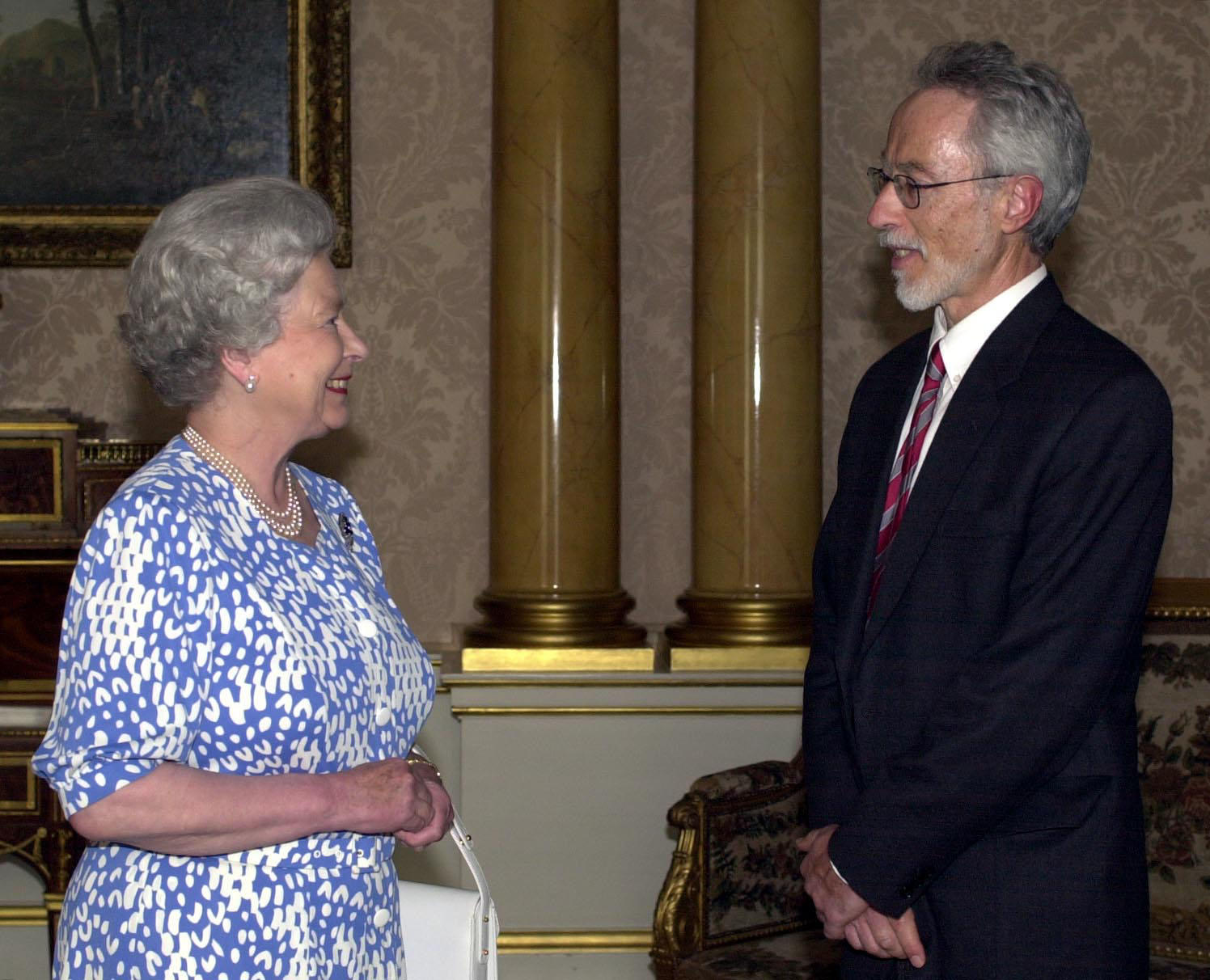
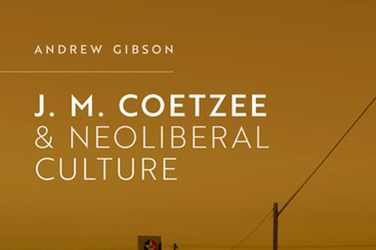
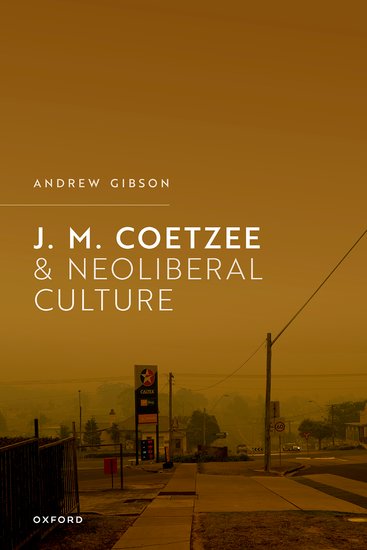
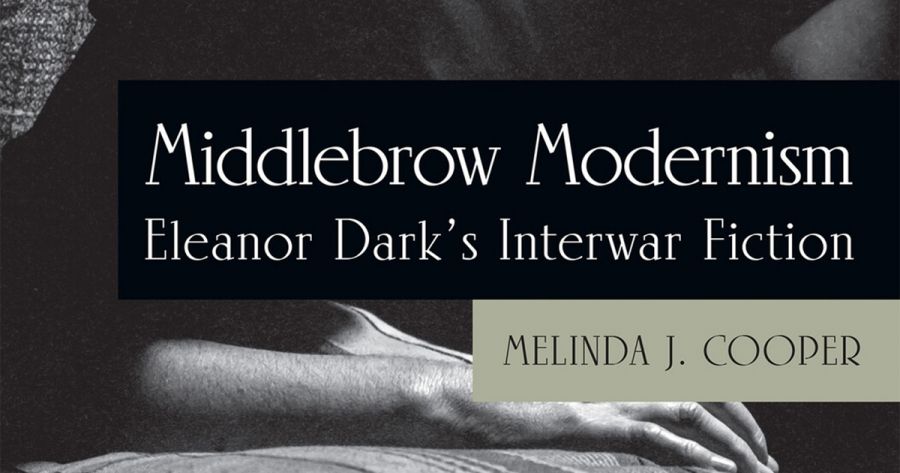
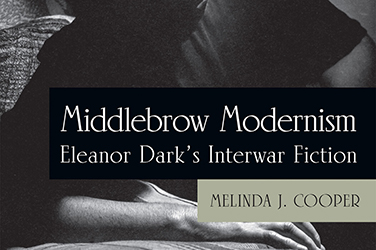
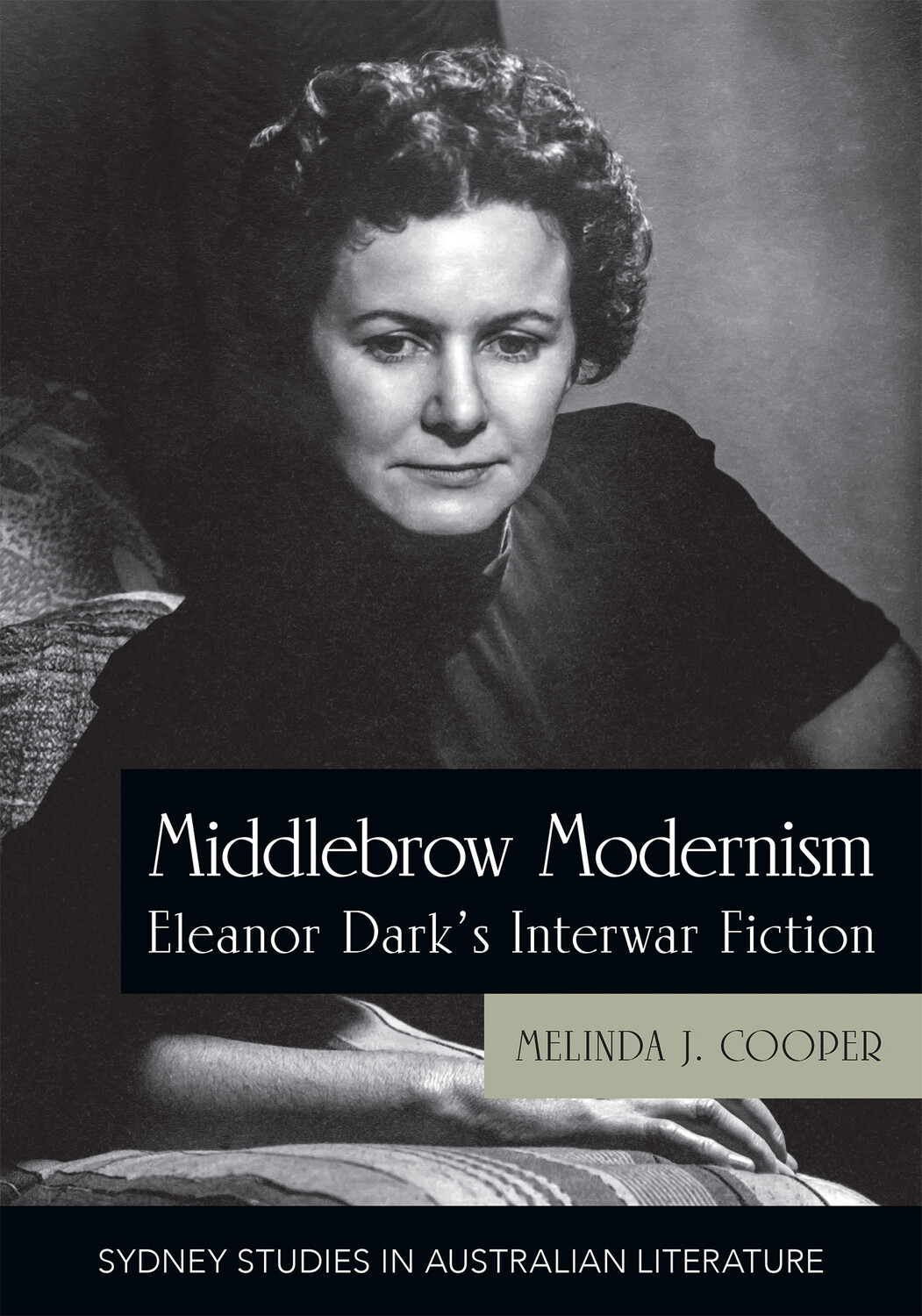
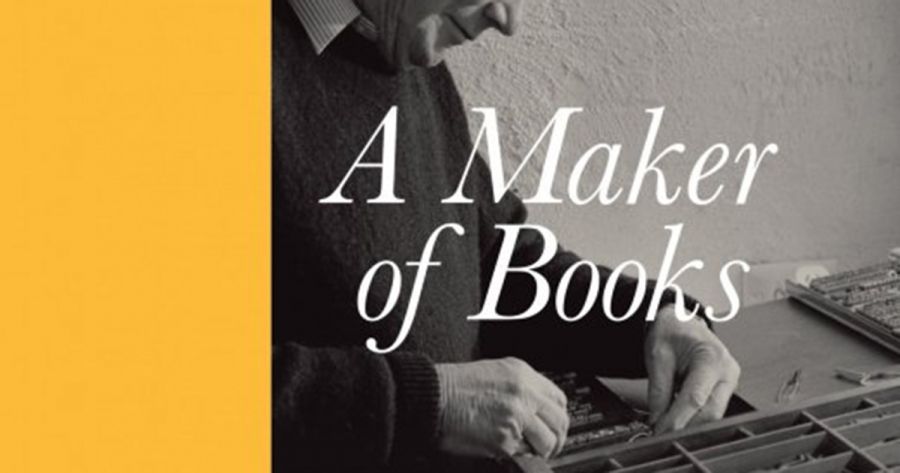
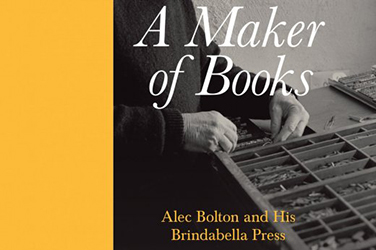

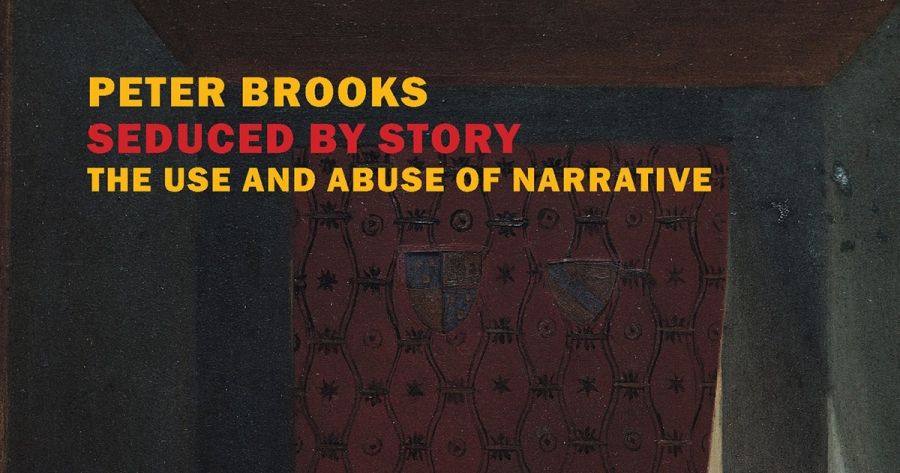
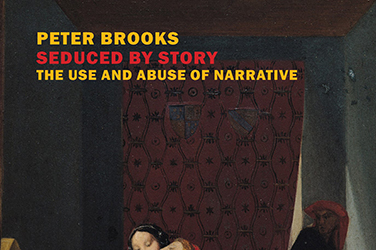
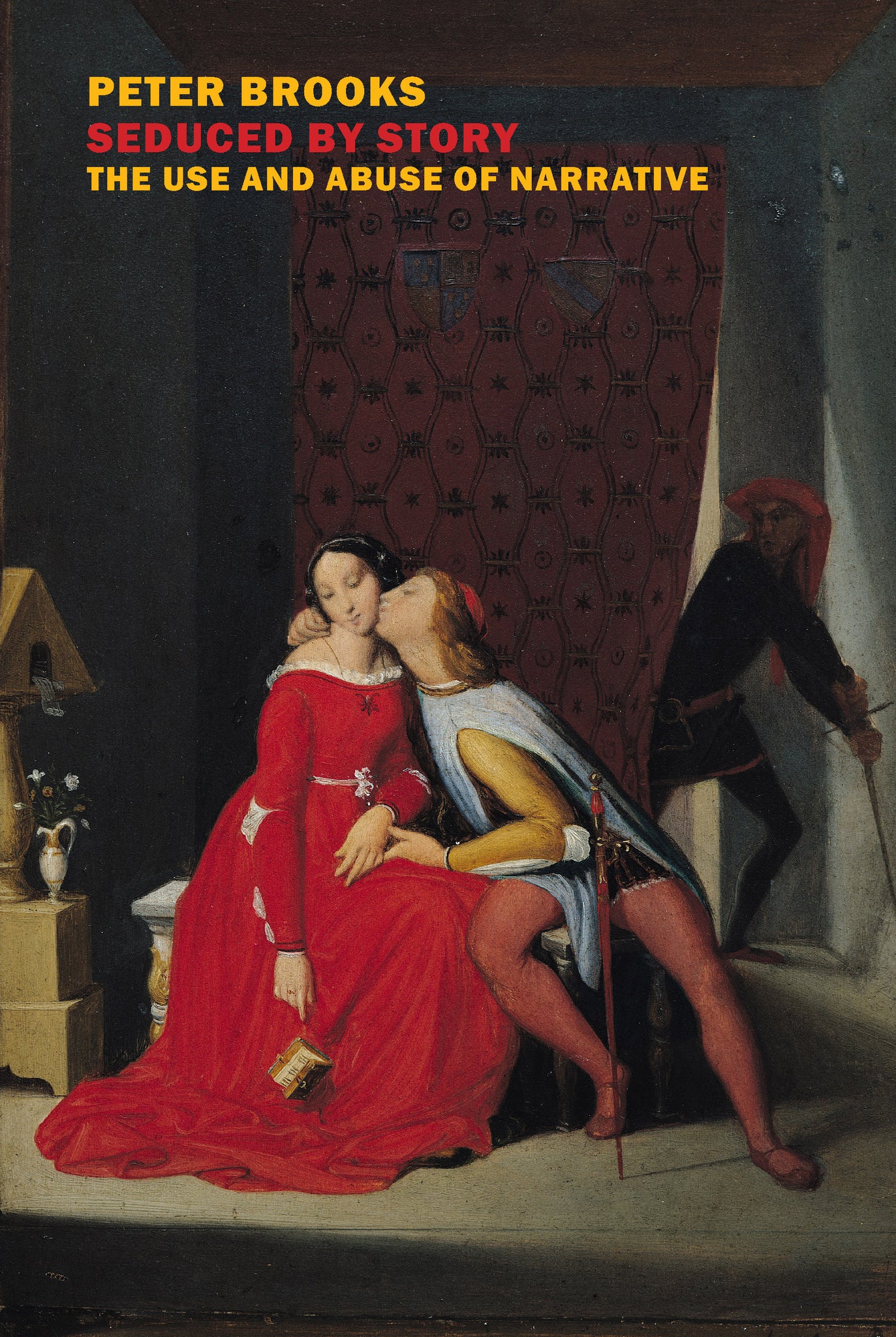
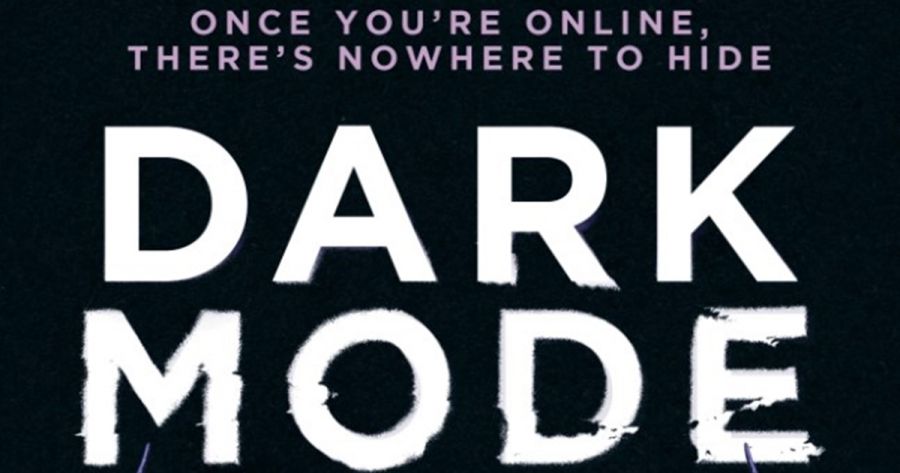
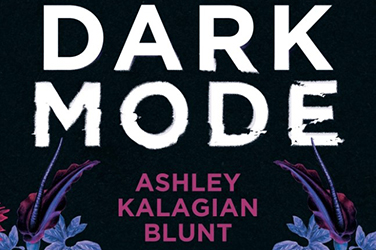
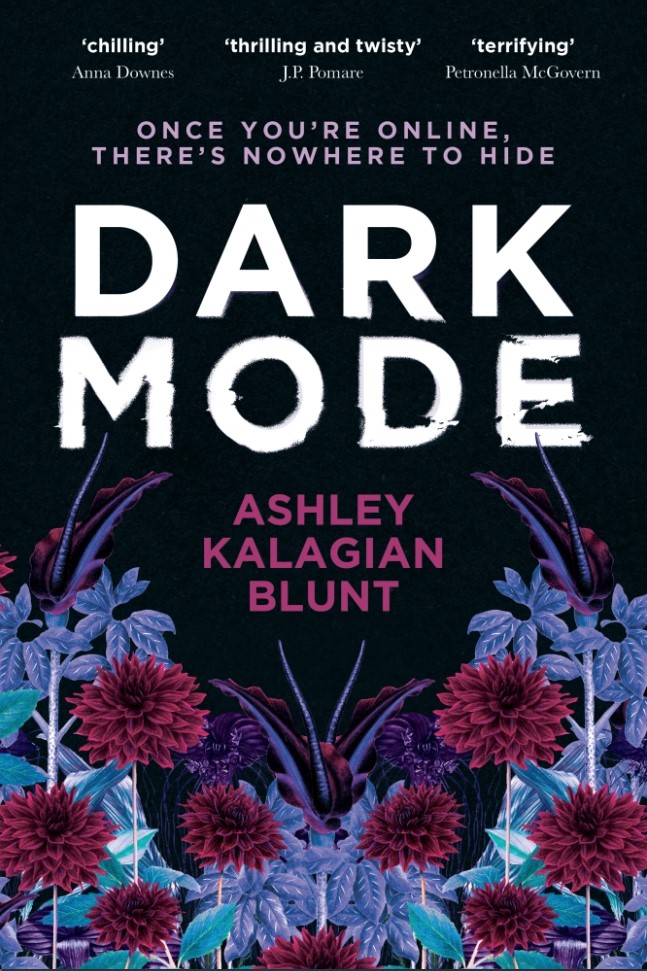

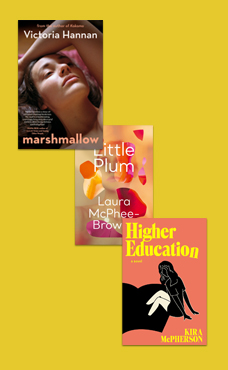
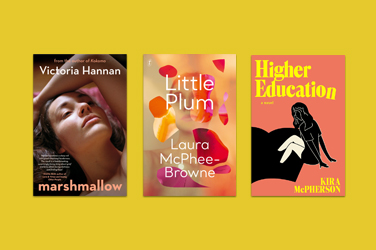
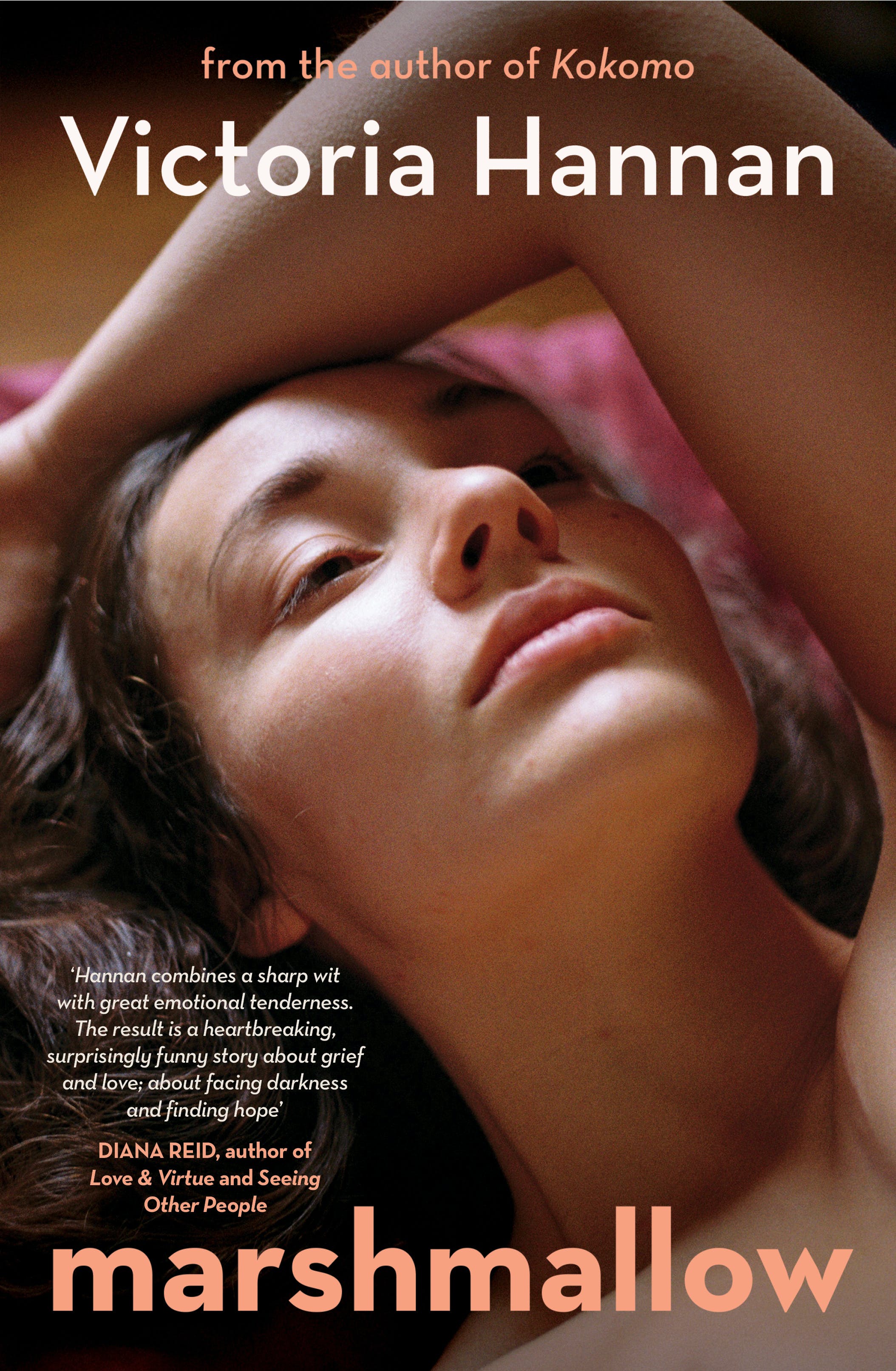
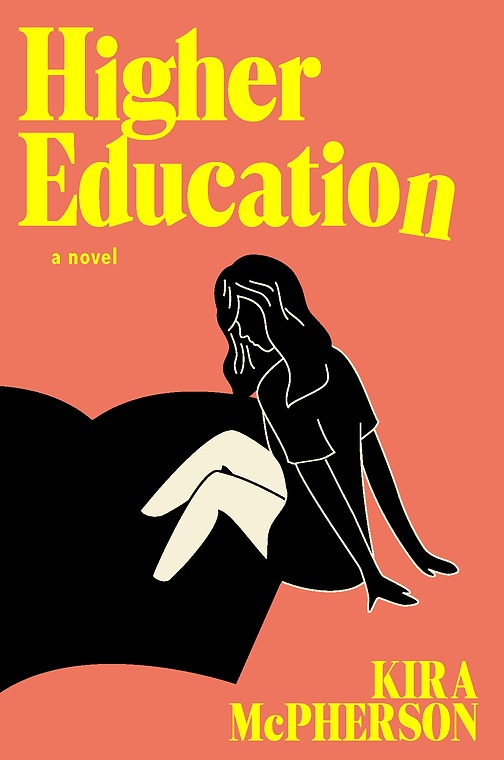
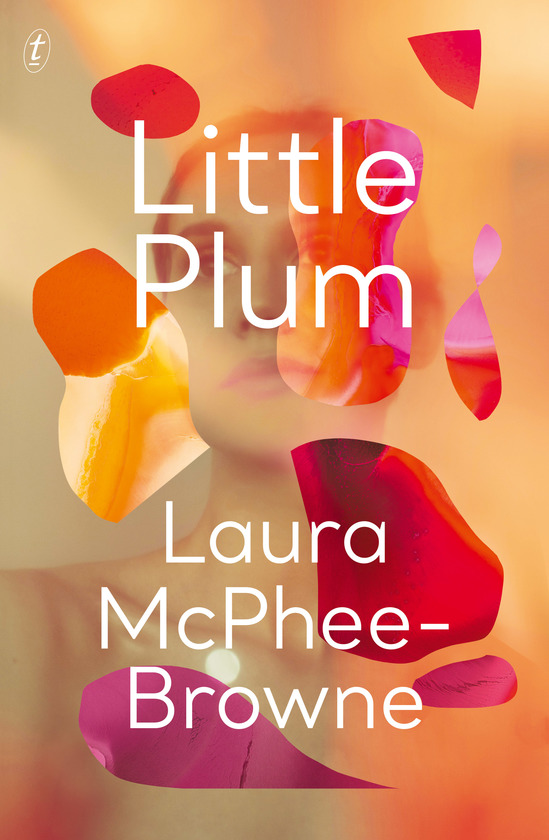
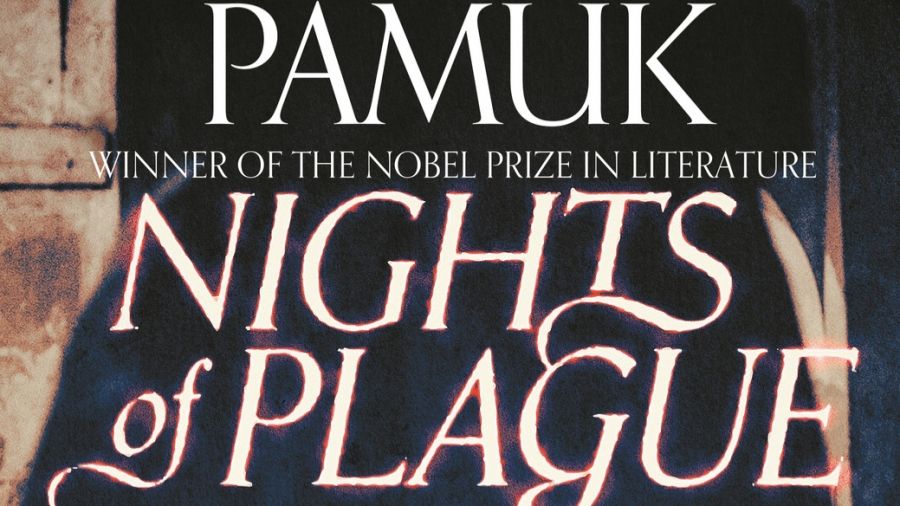
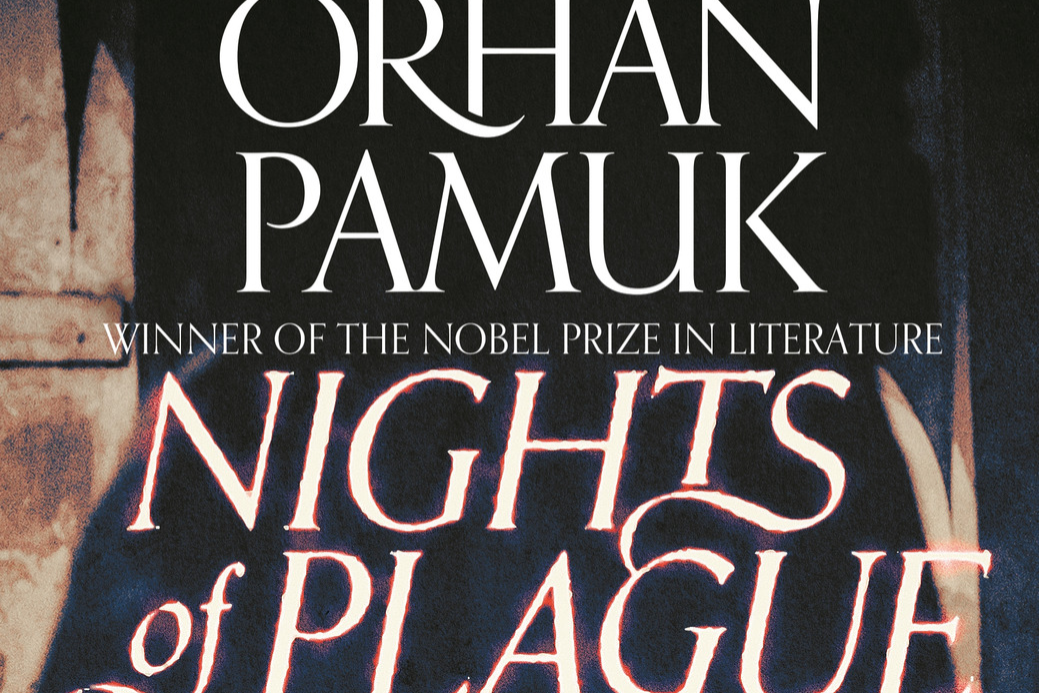
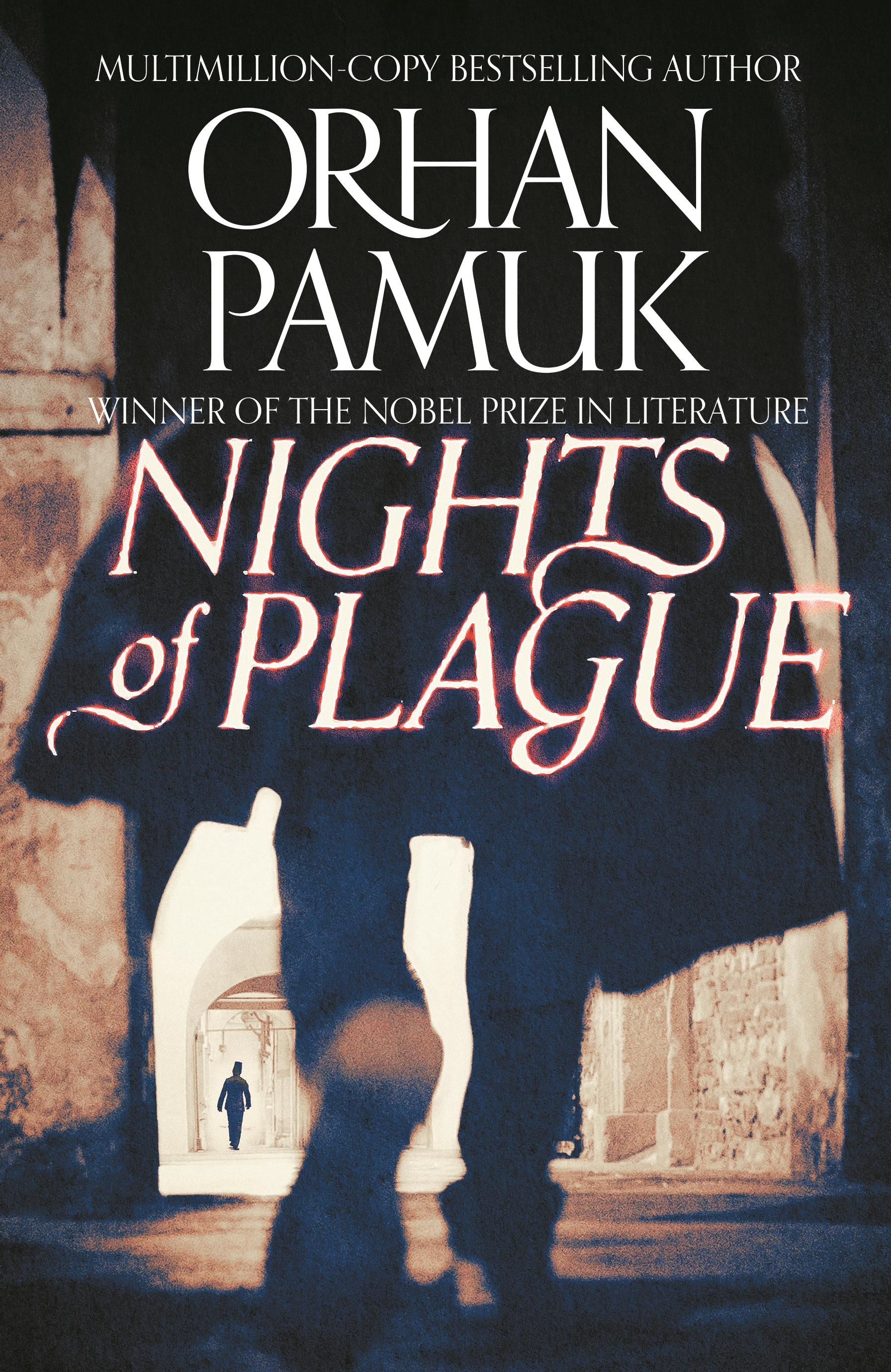
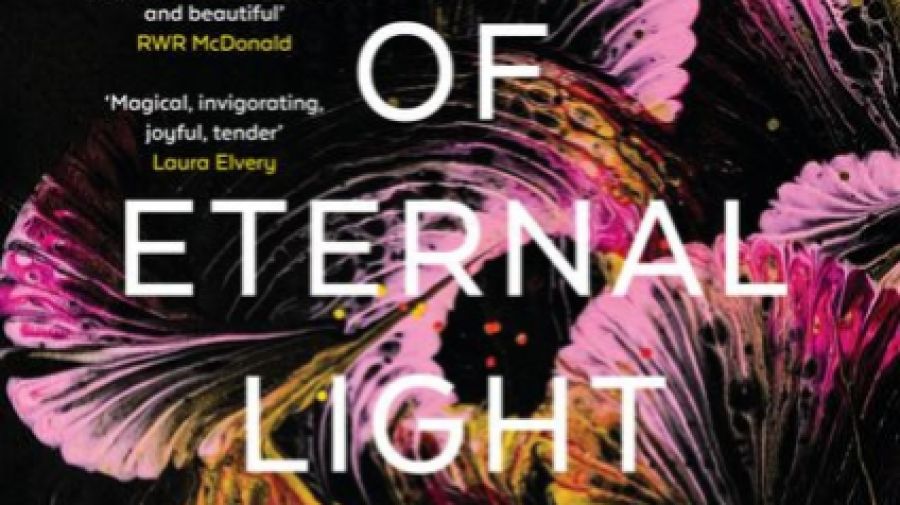
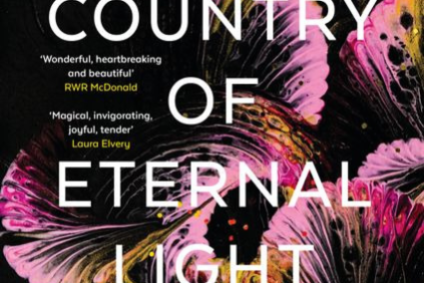
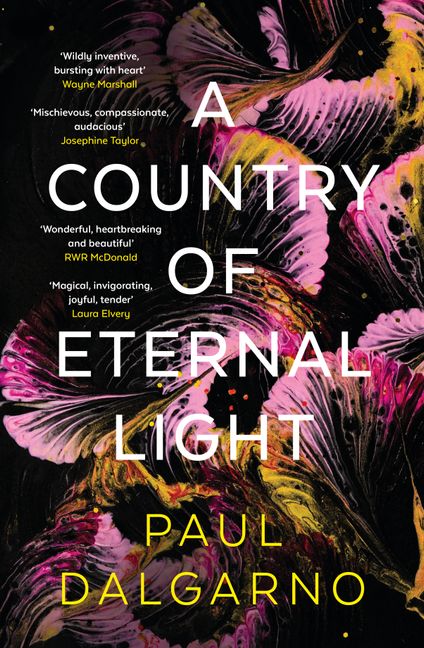
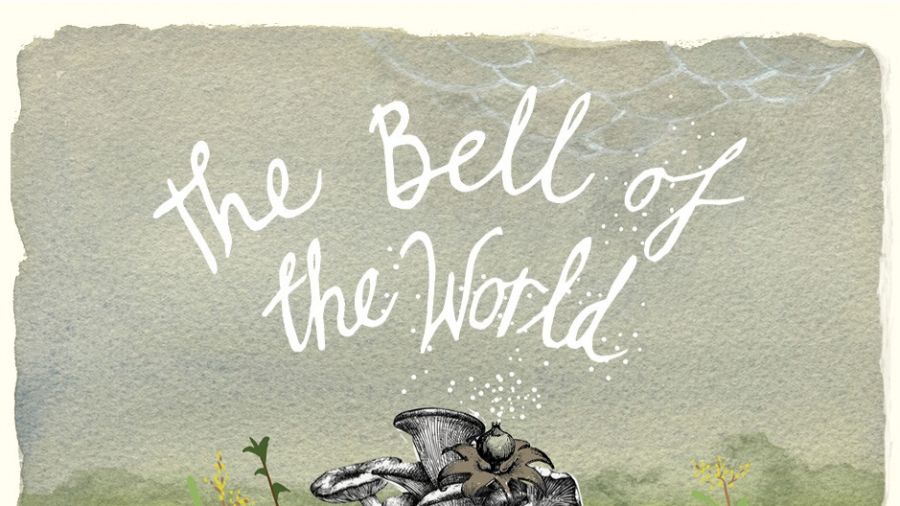
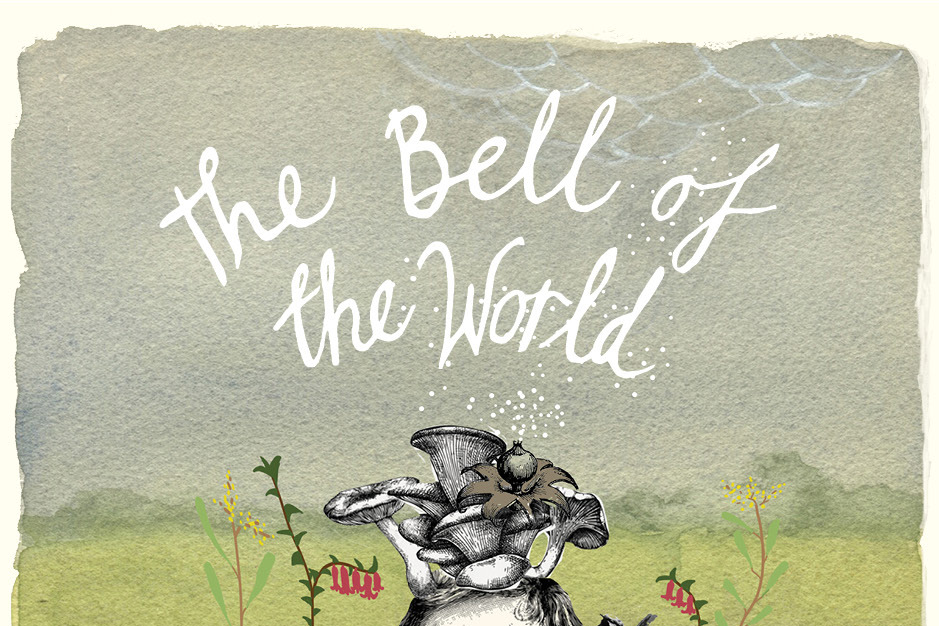
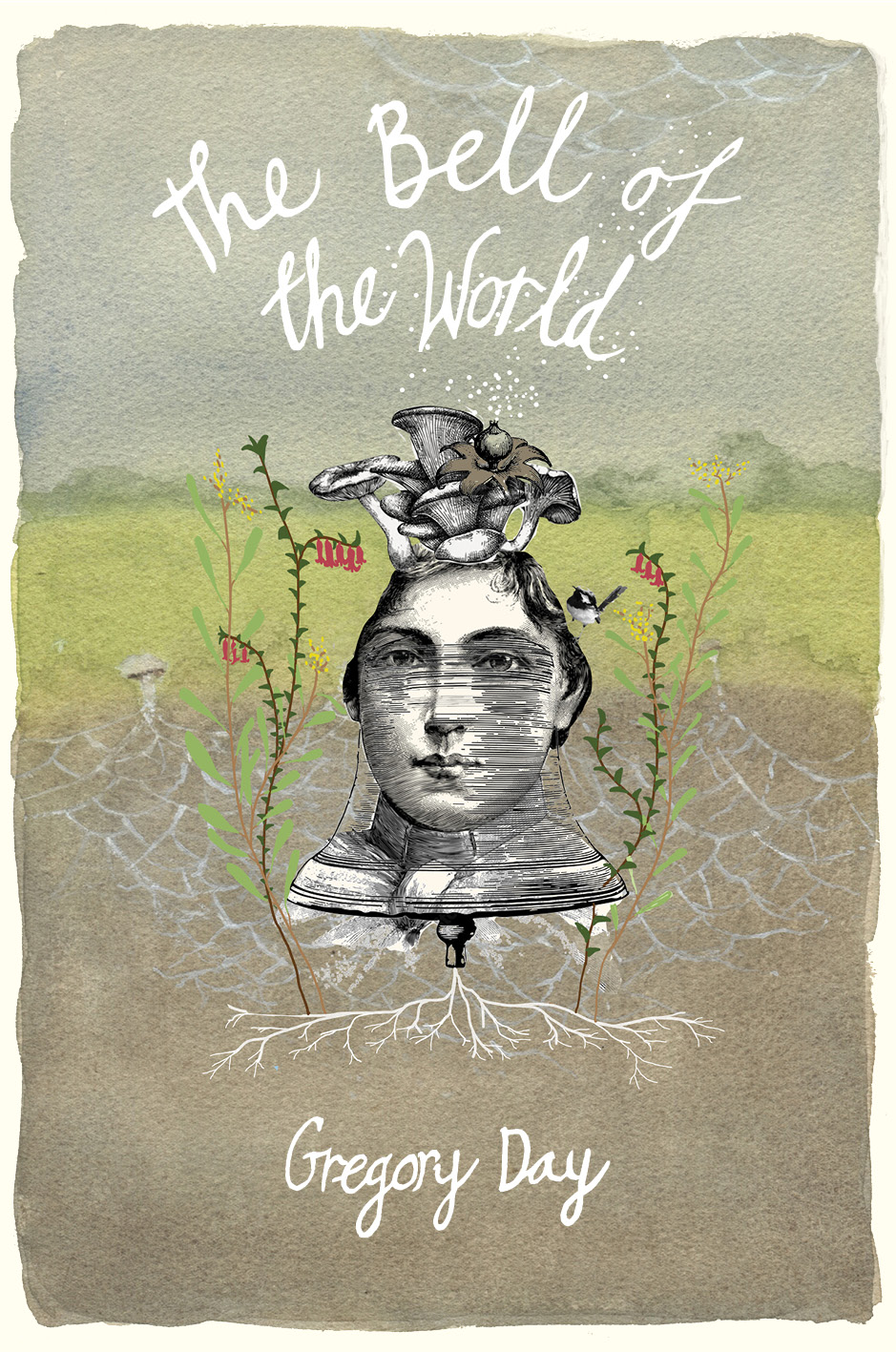

_p183_THE_TOWN_HALL,_PERTH,_WESTERN_AUSTRALIA.jpg)


